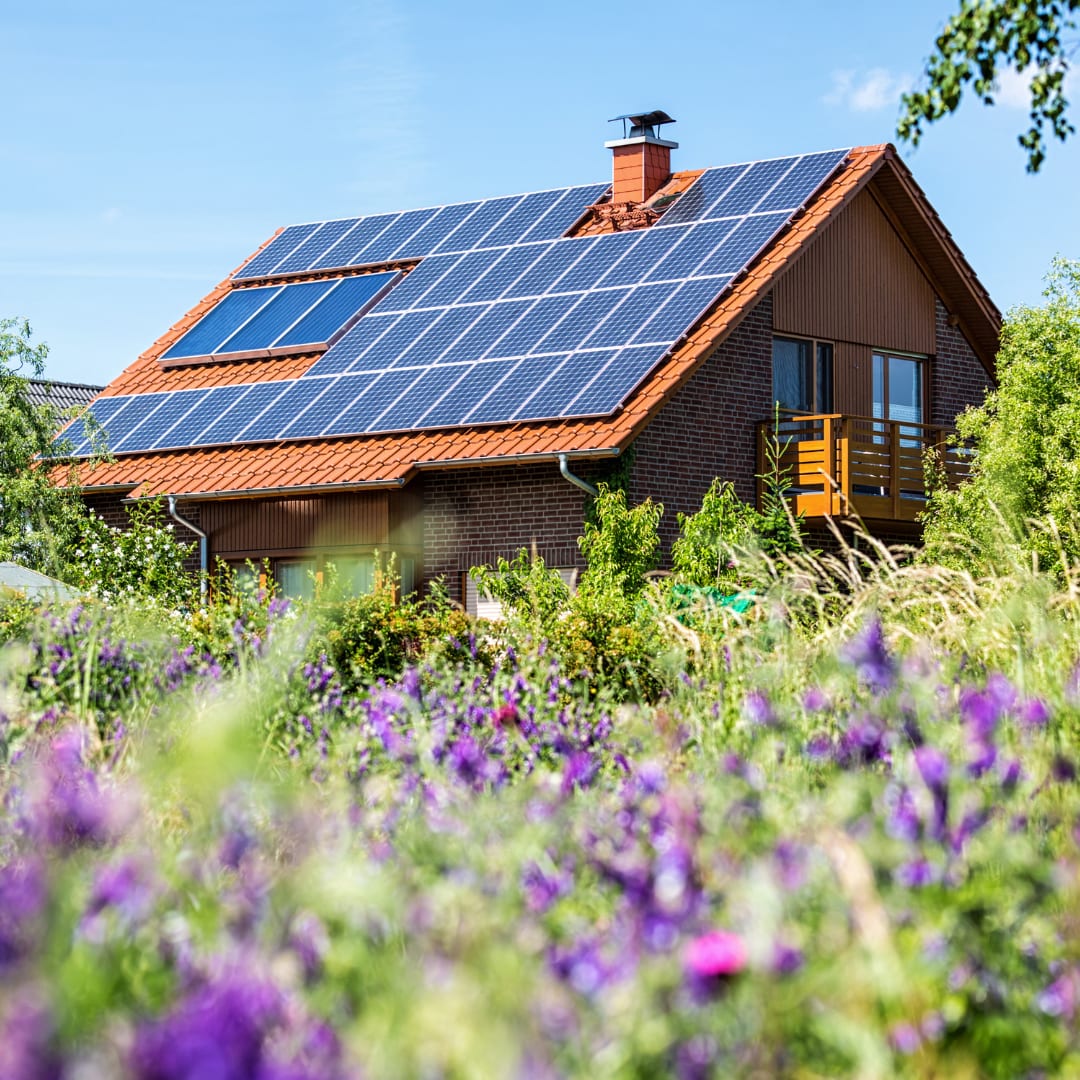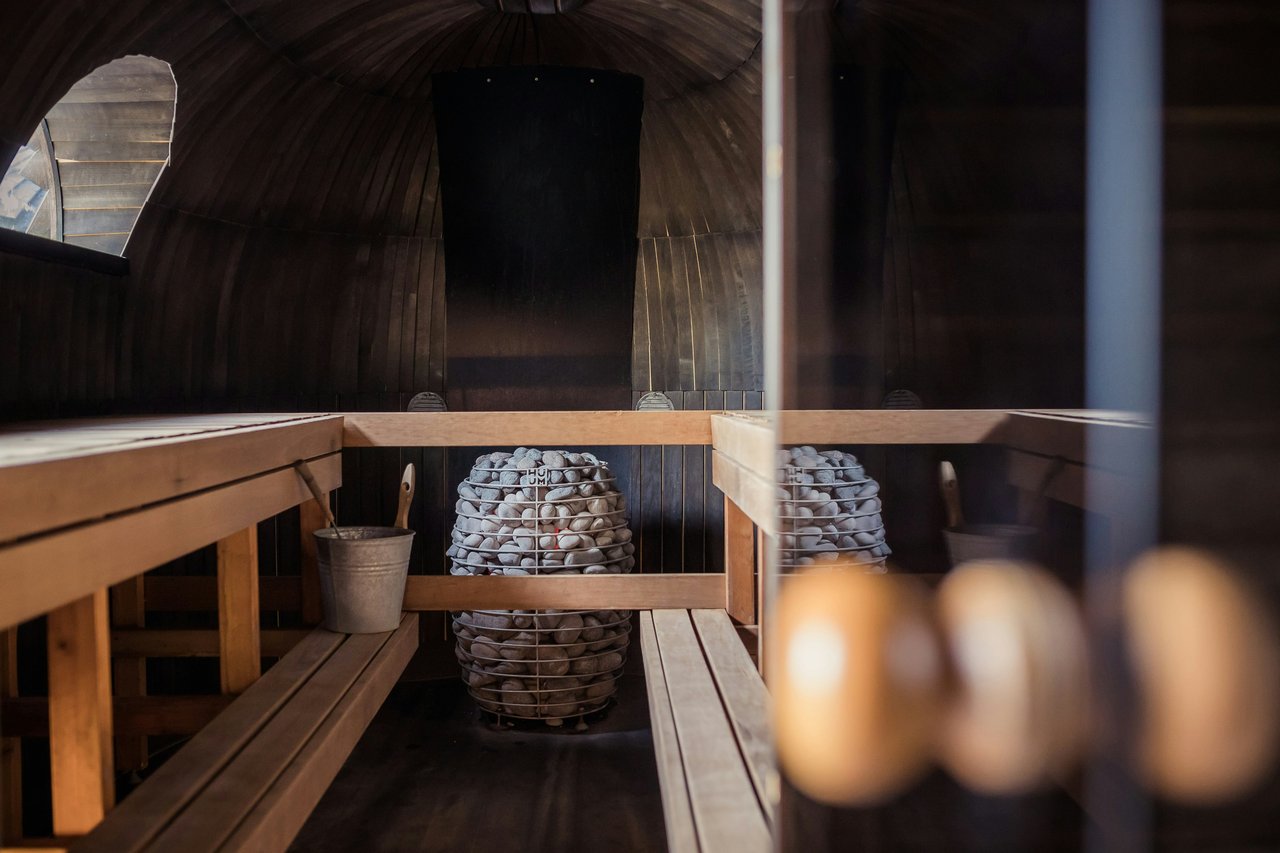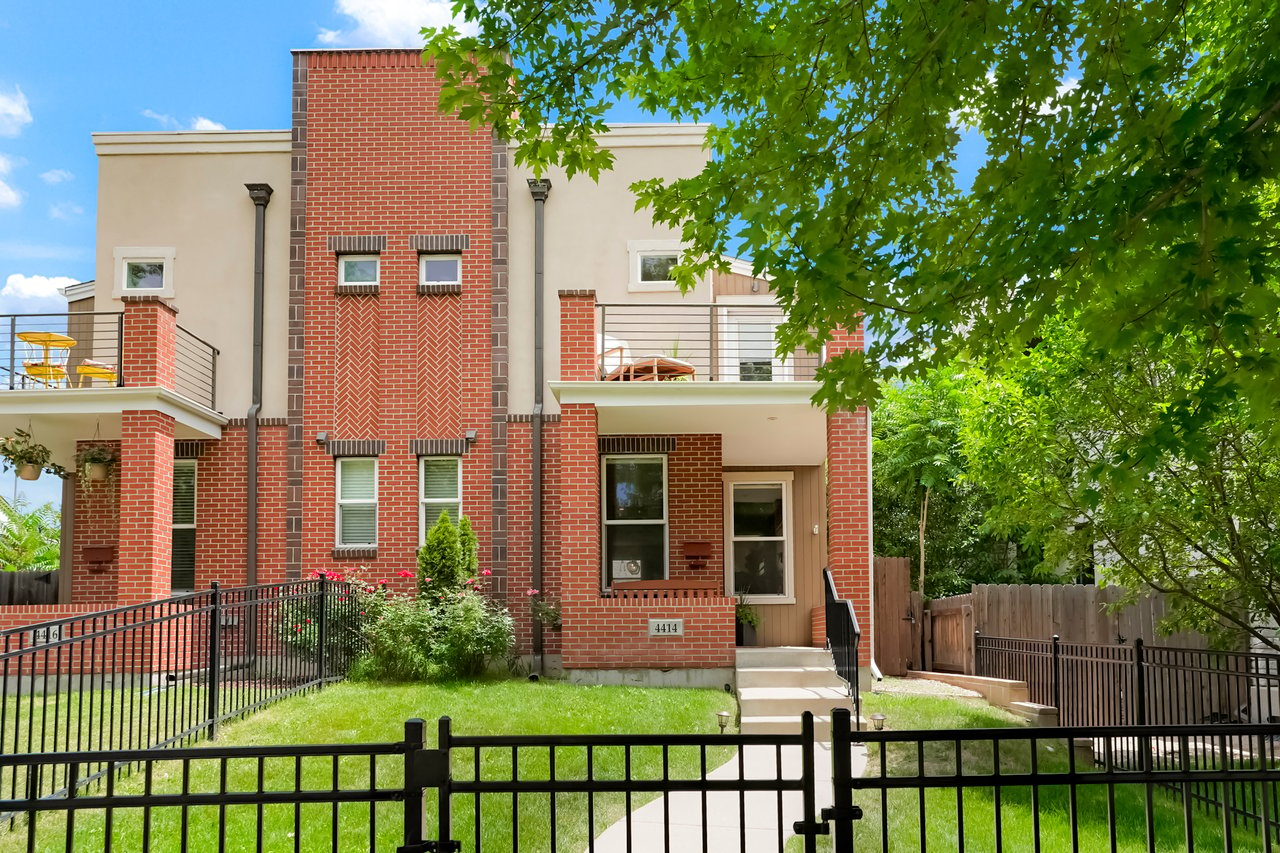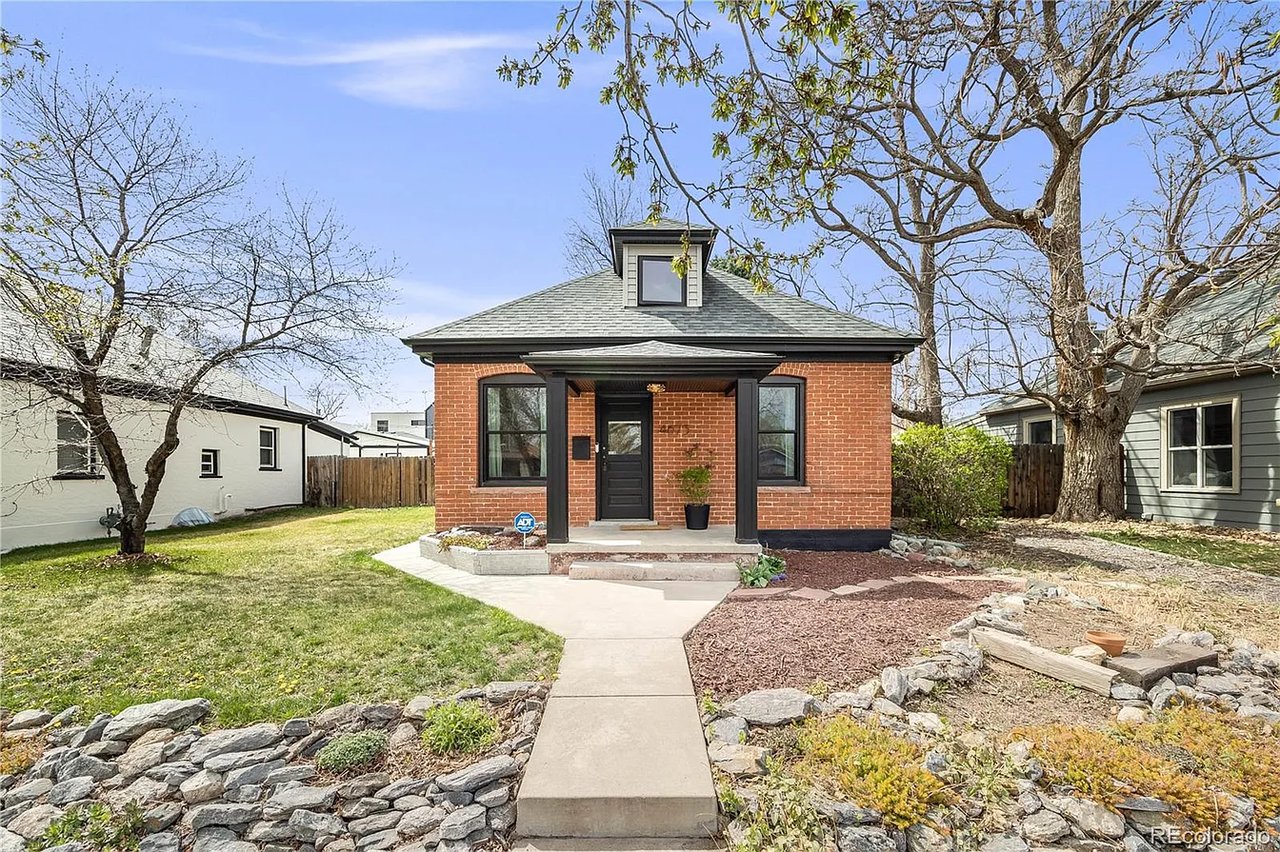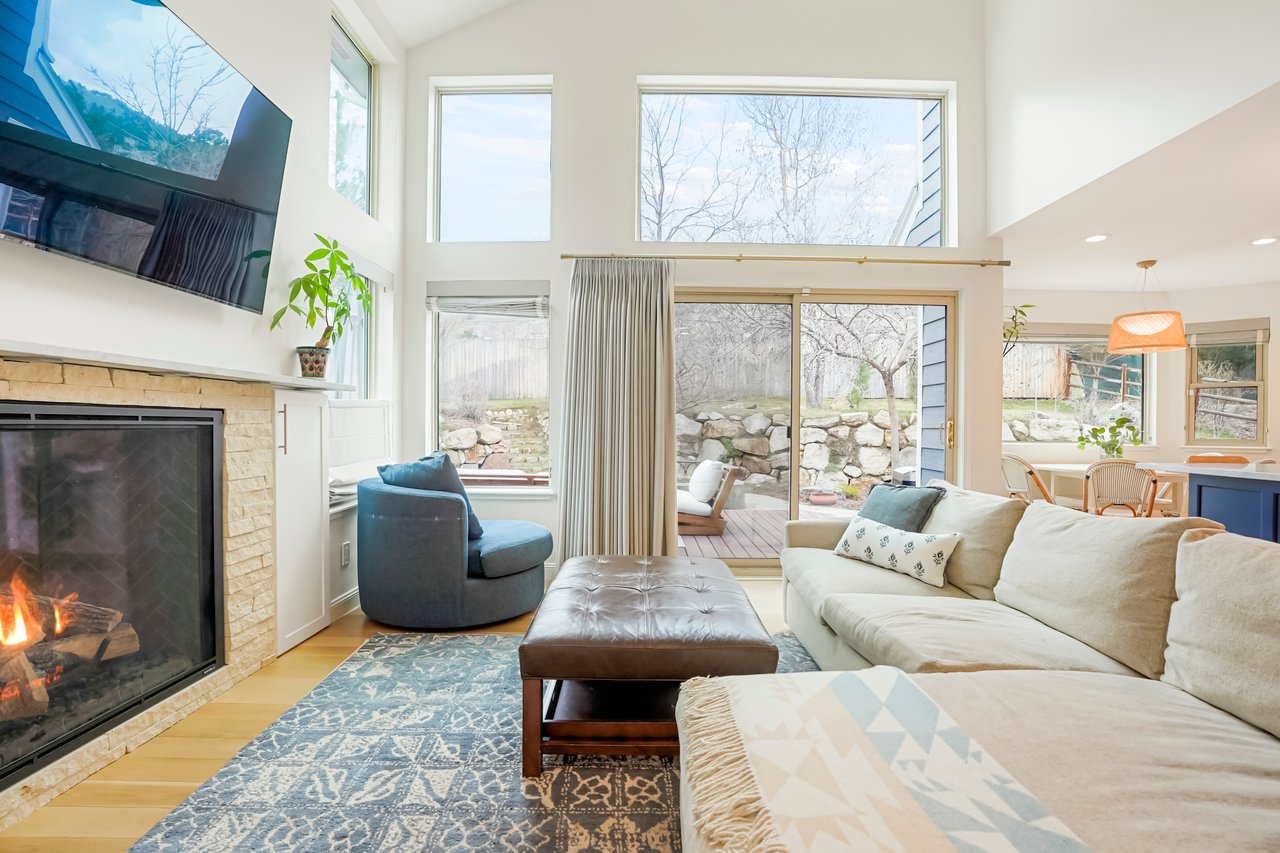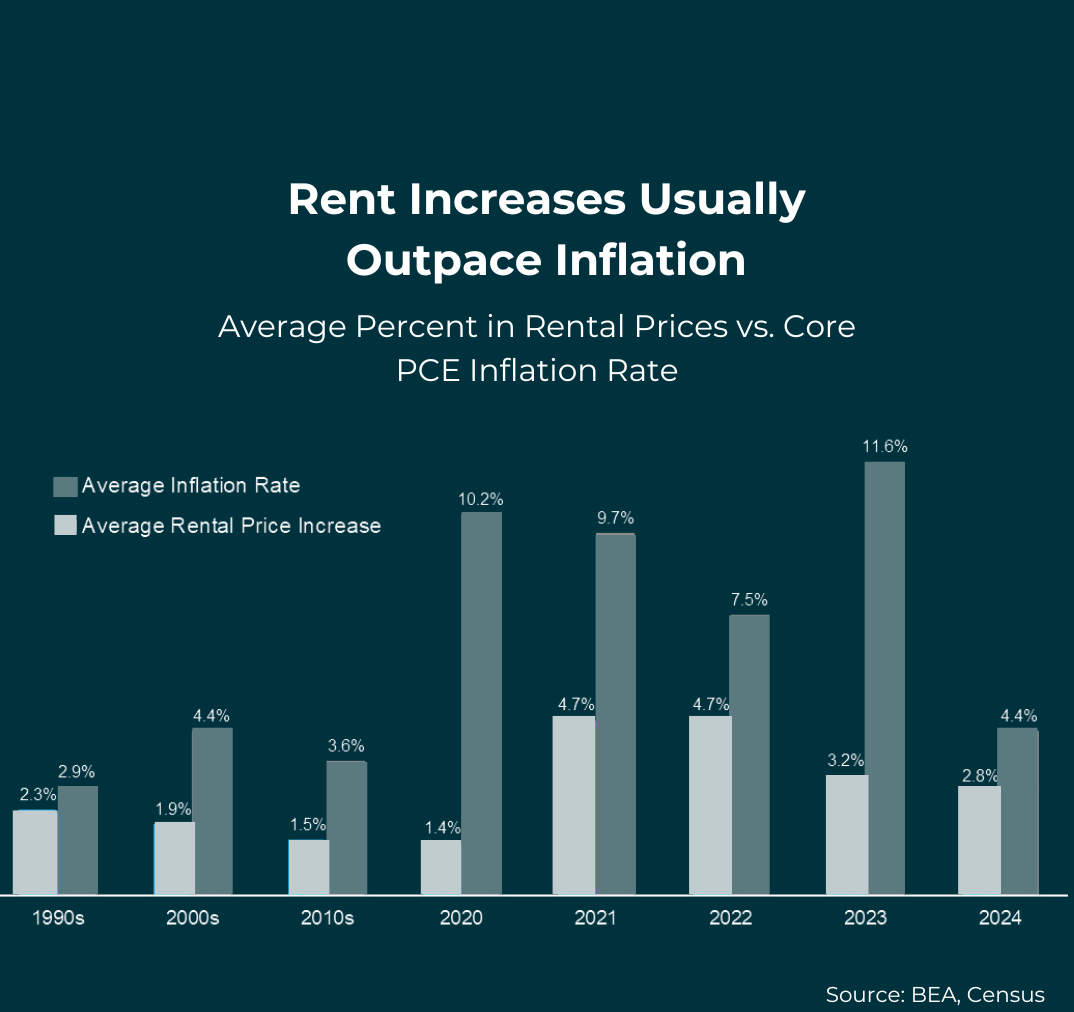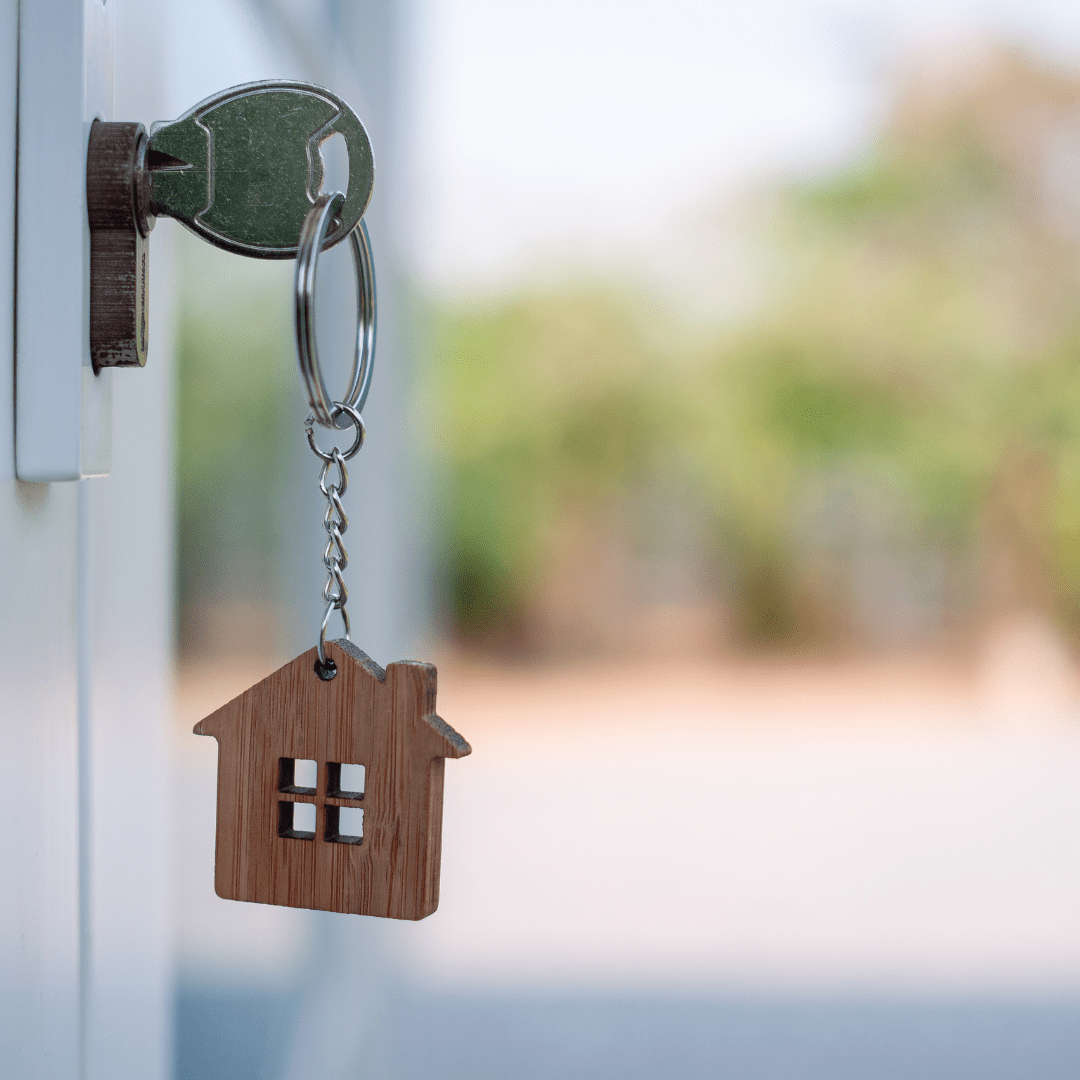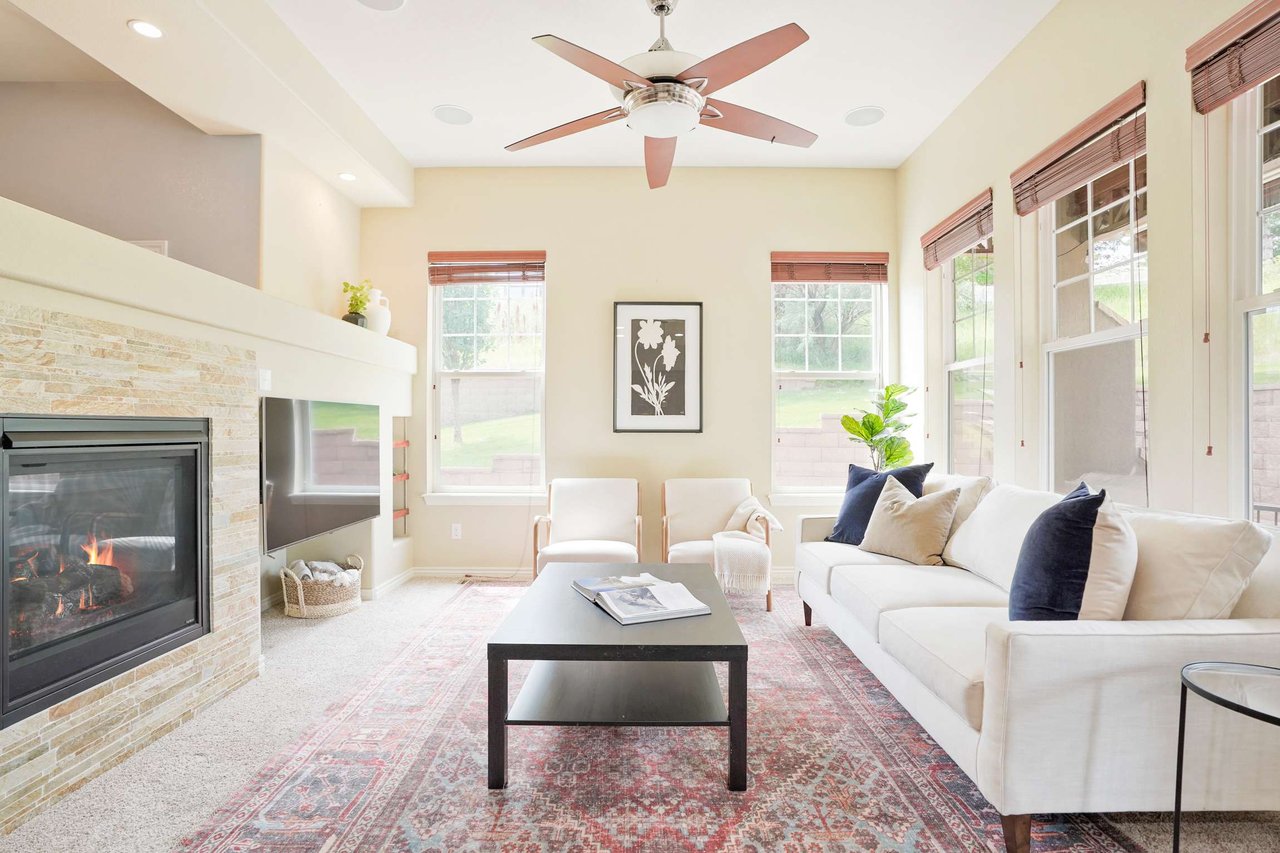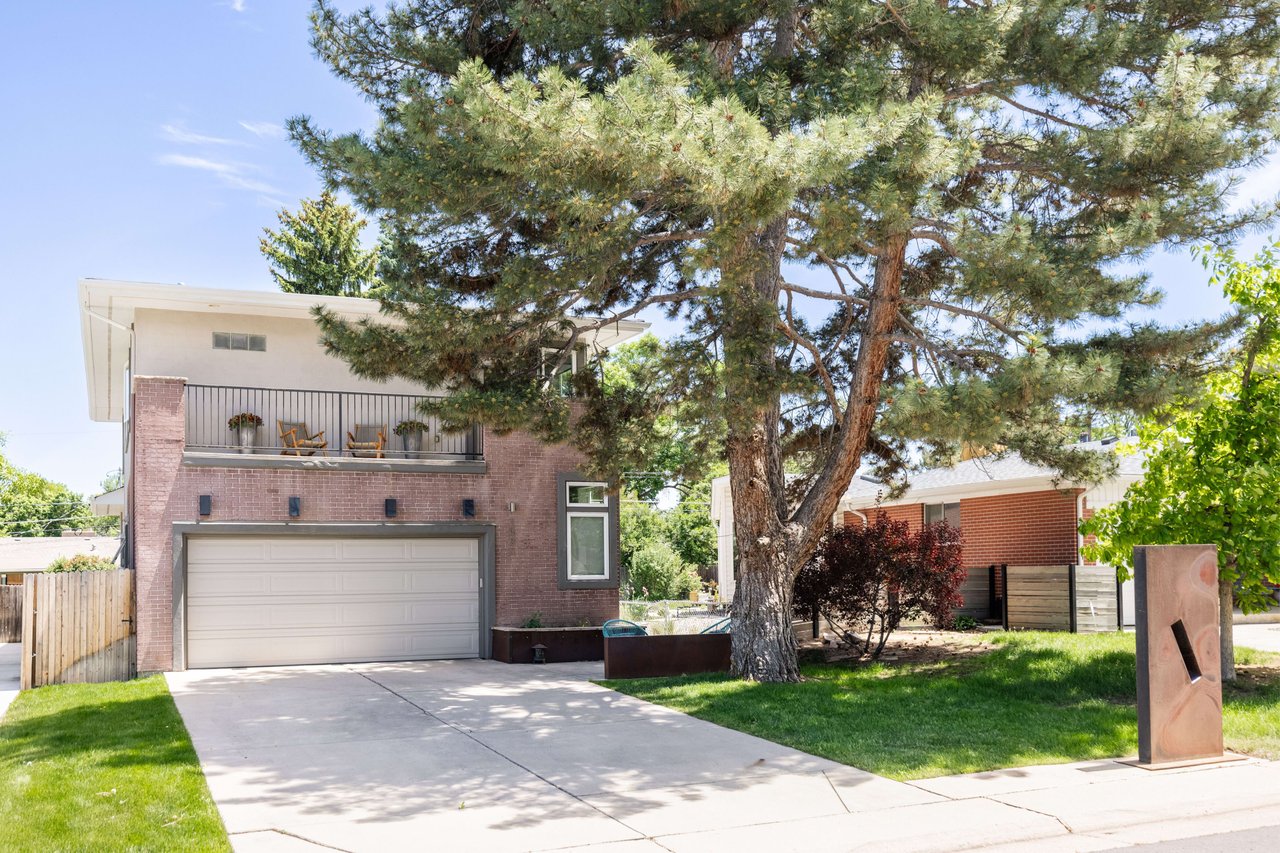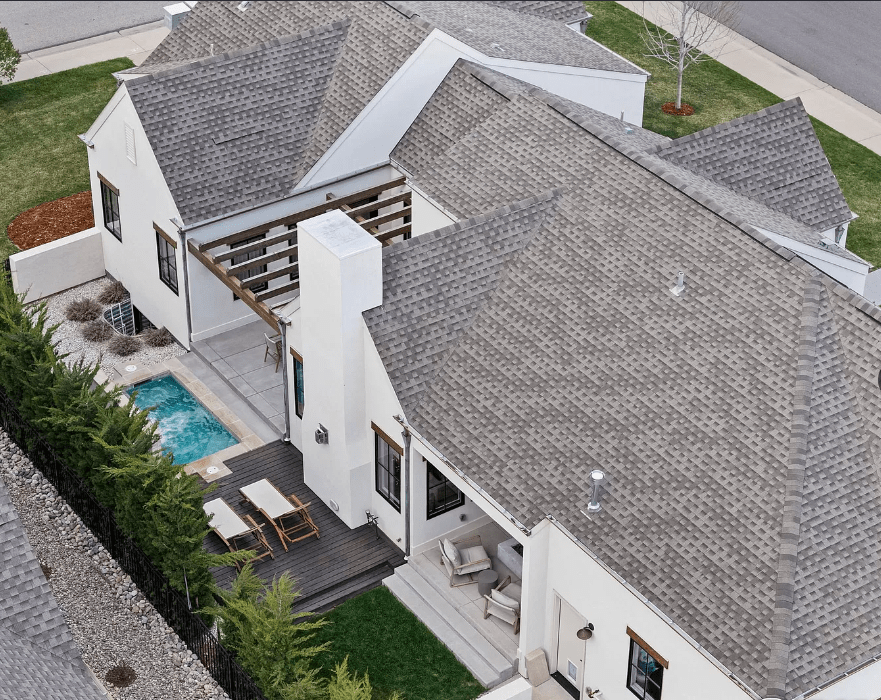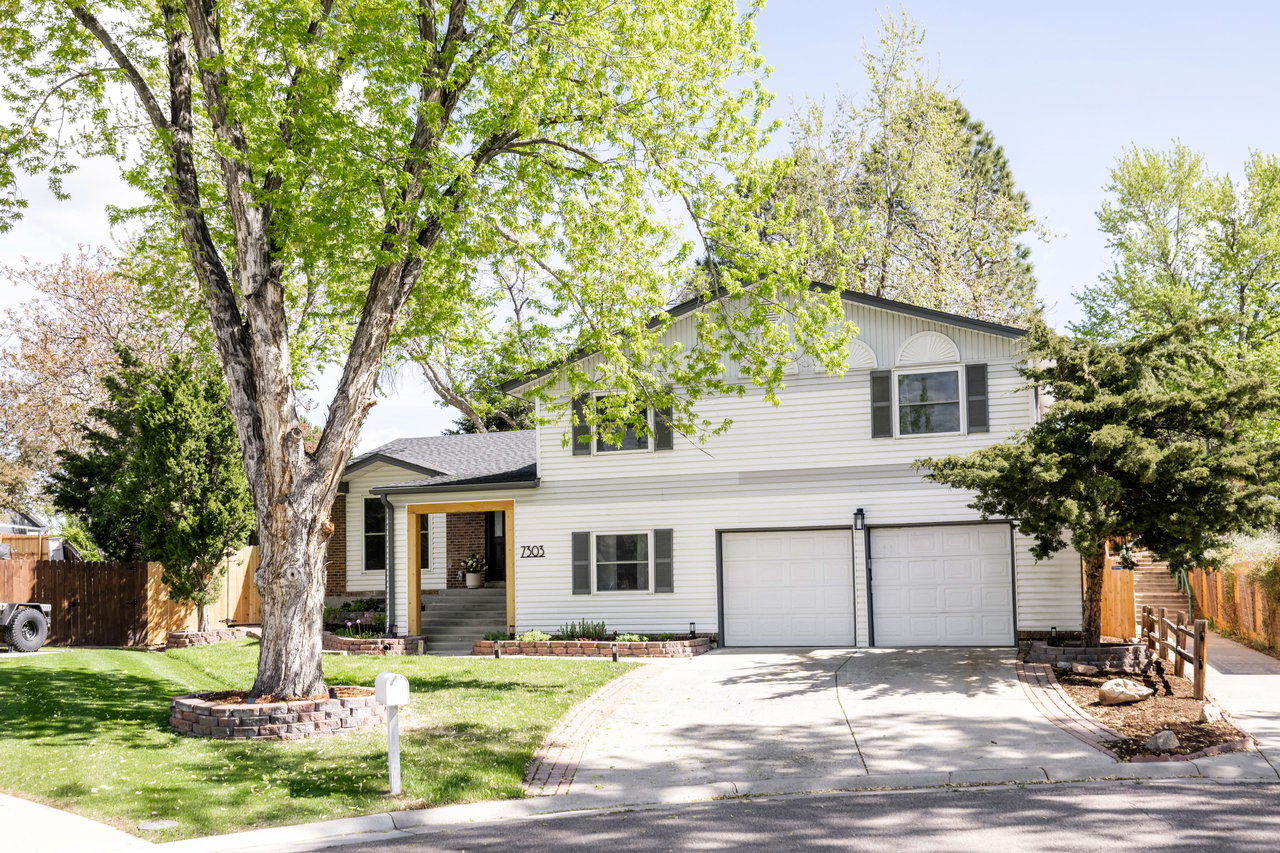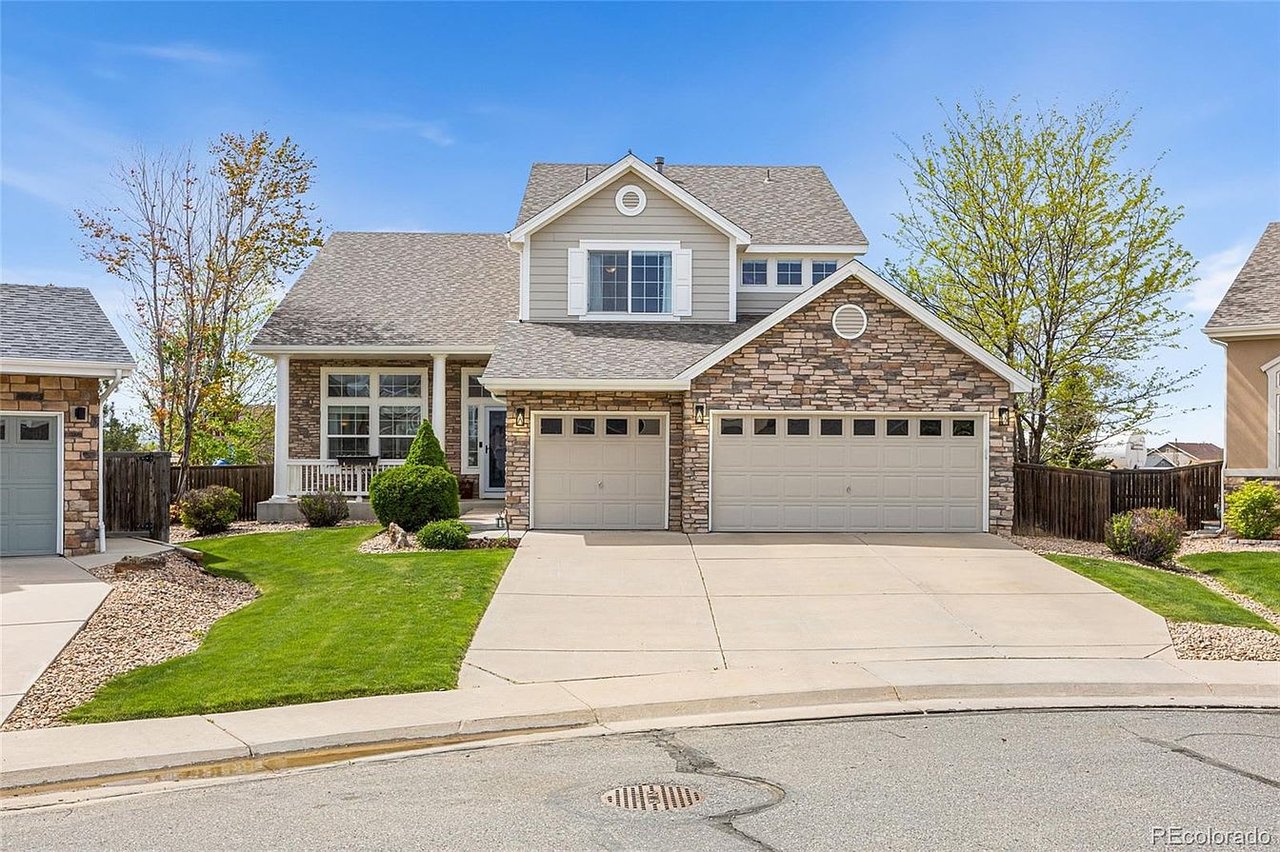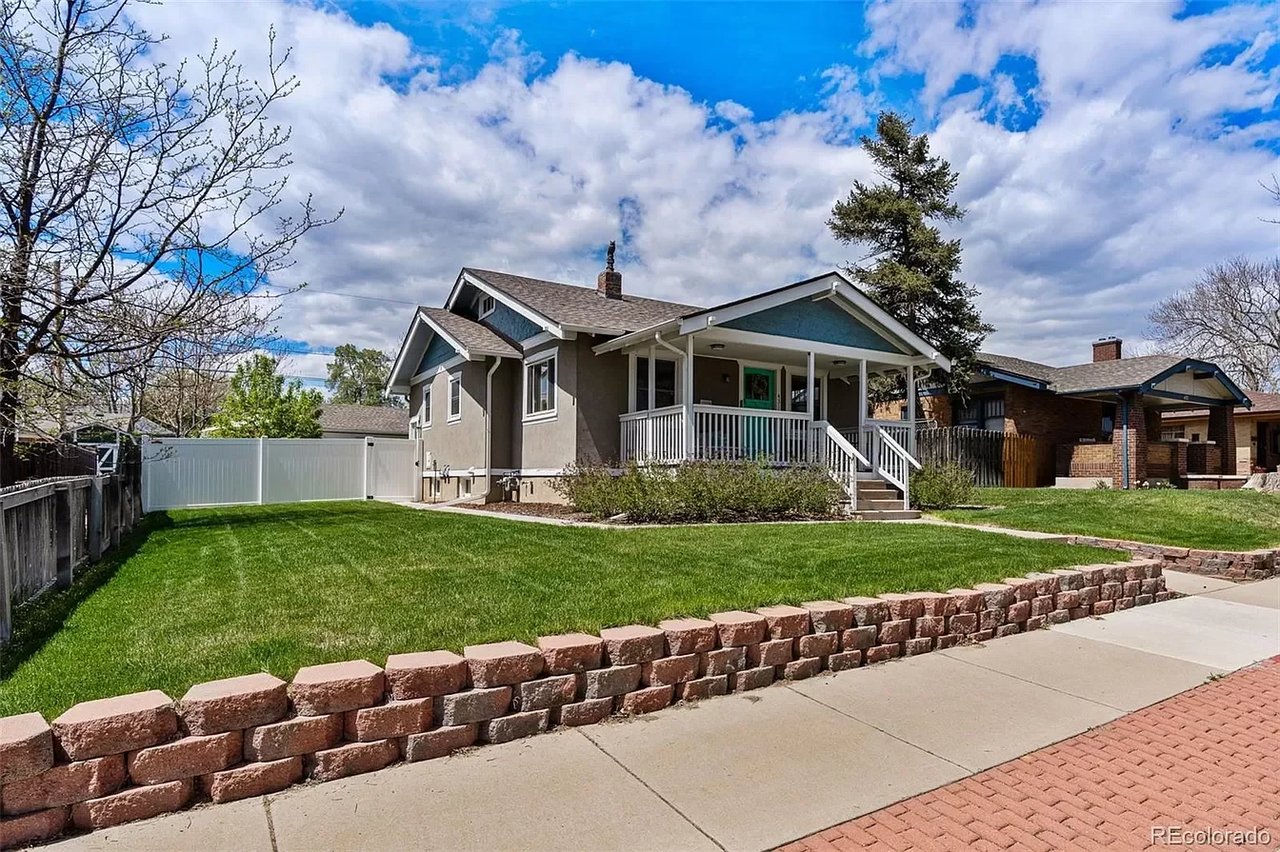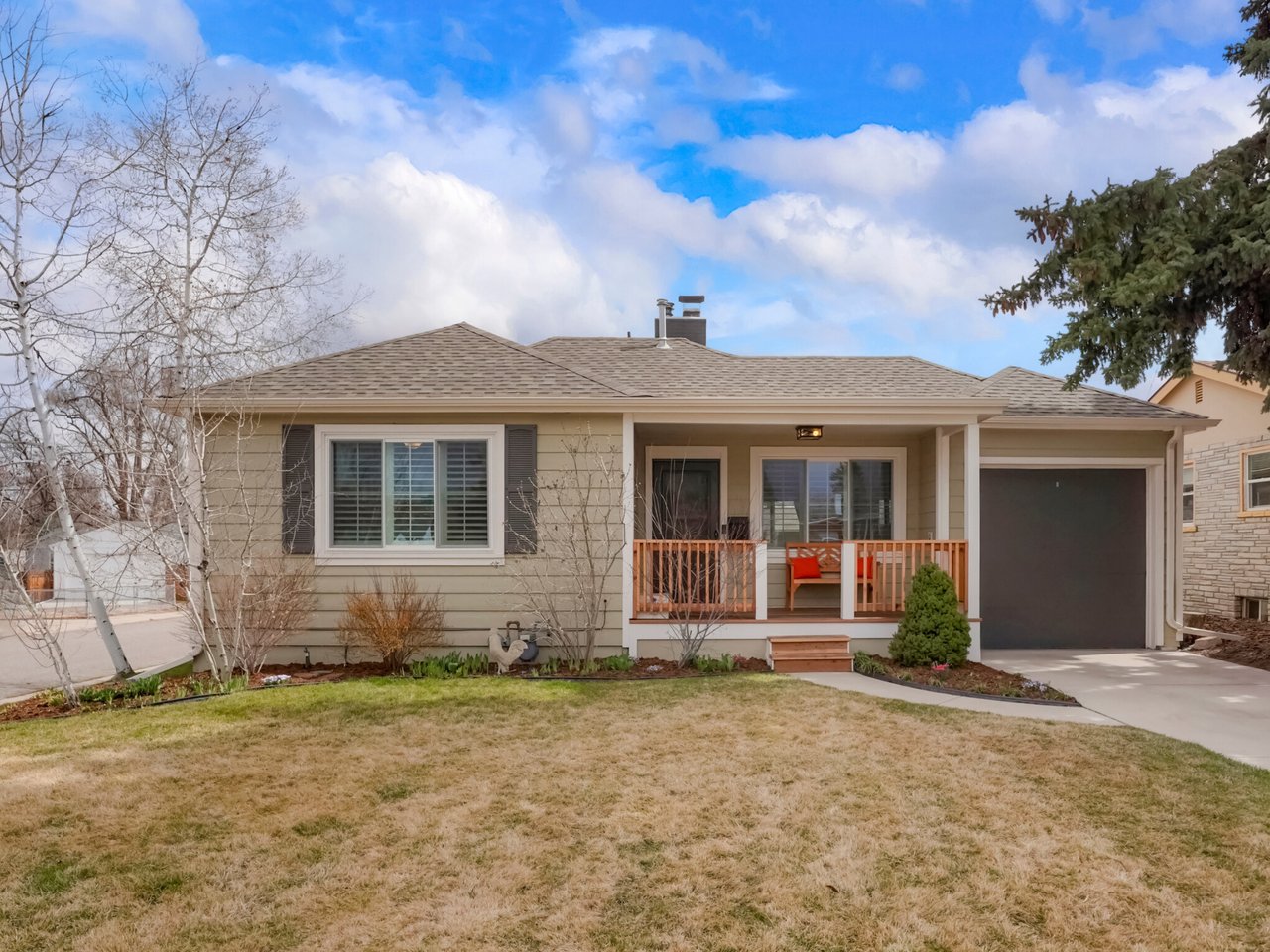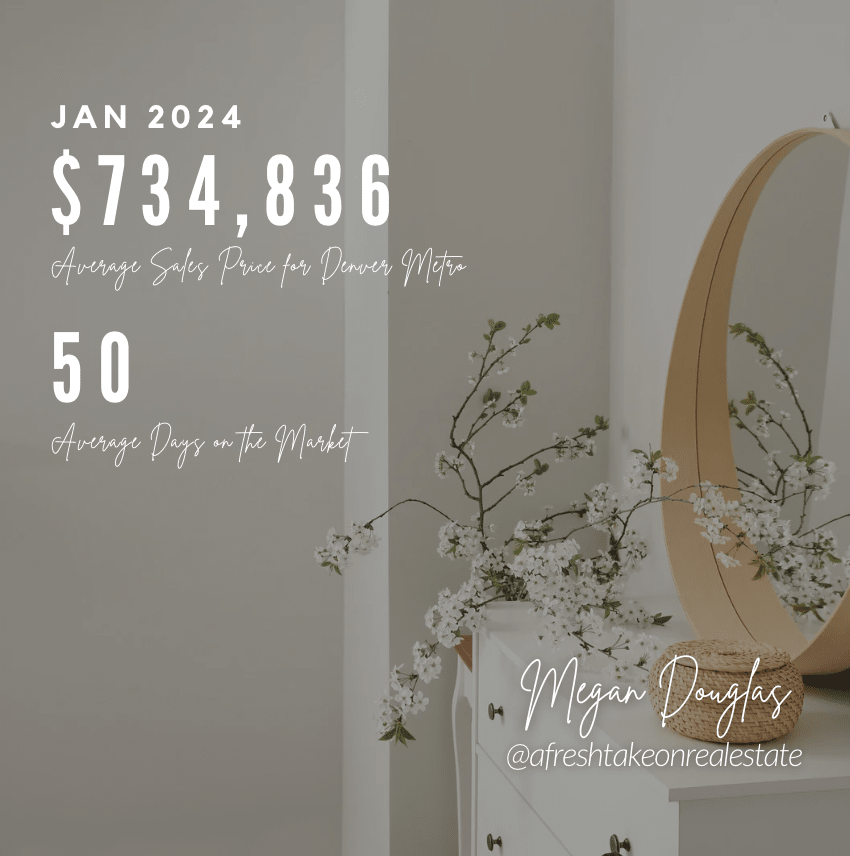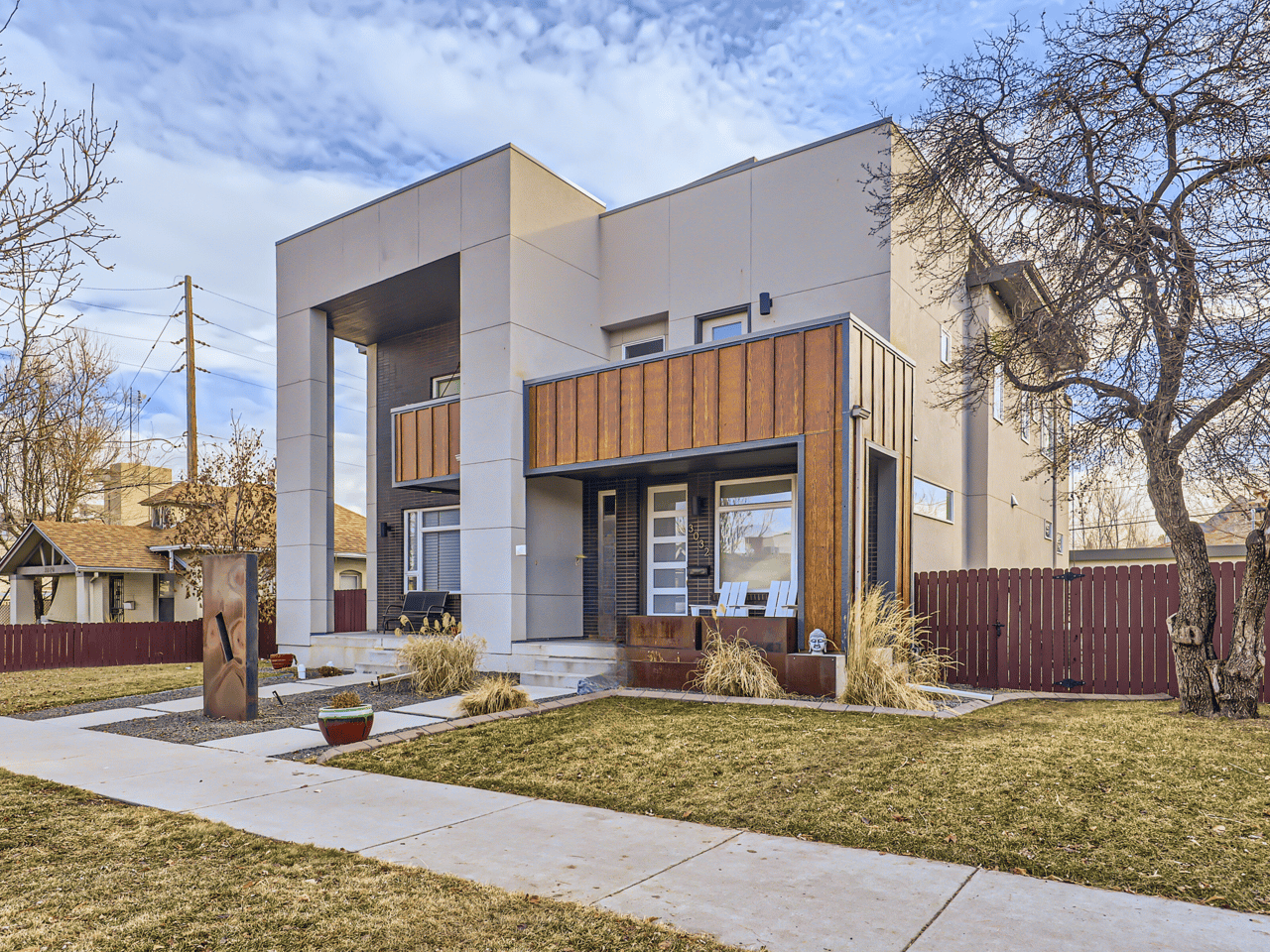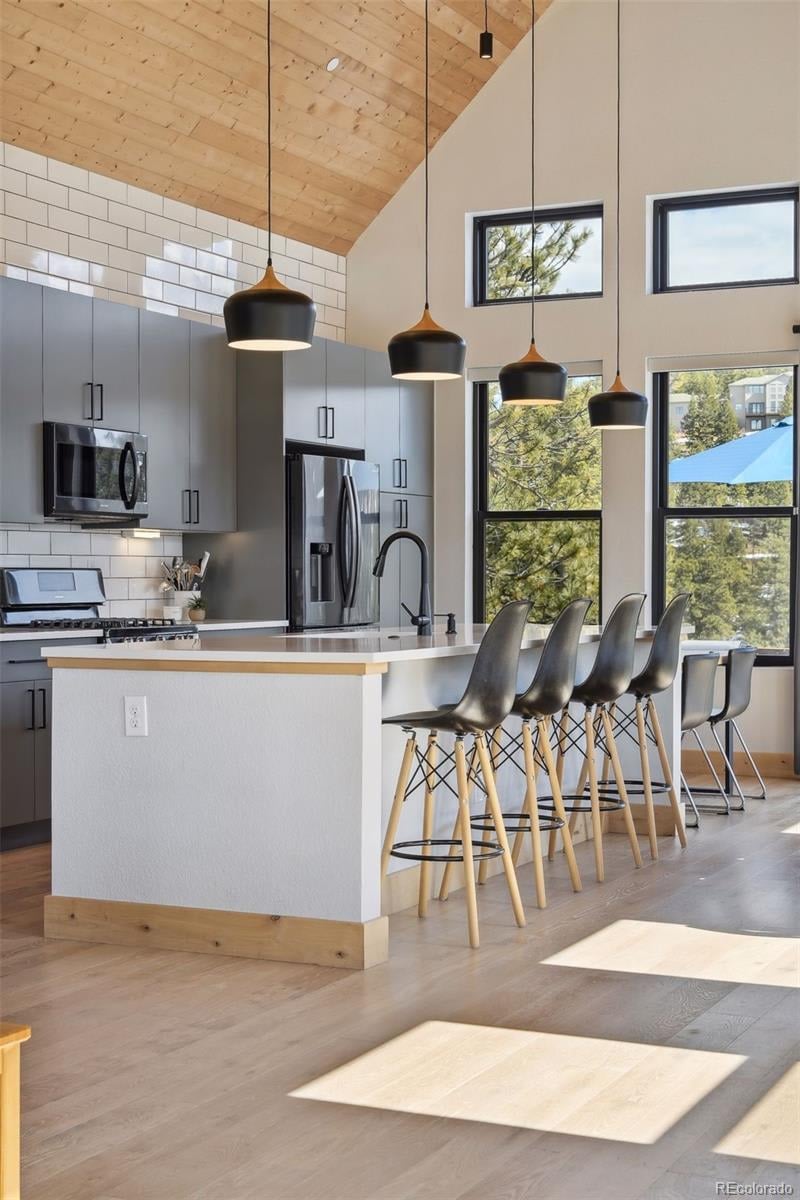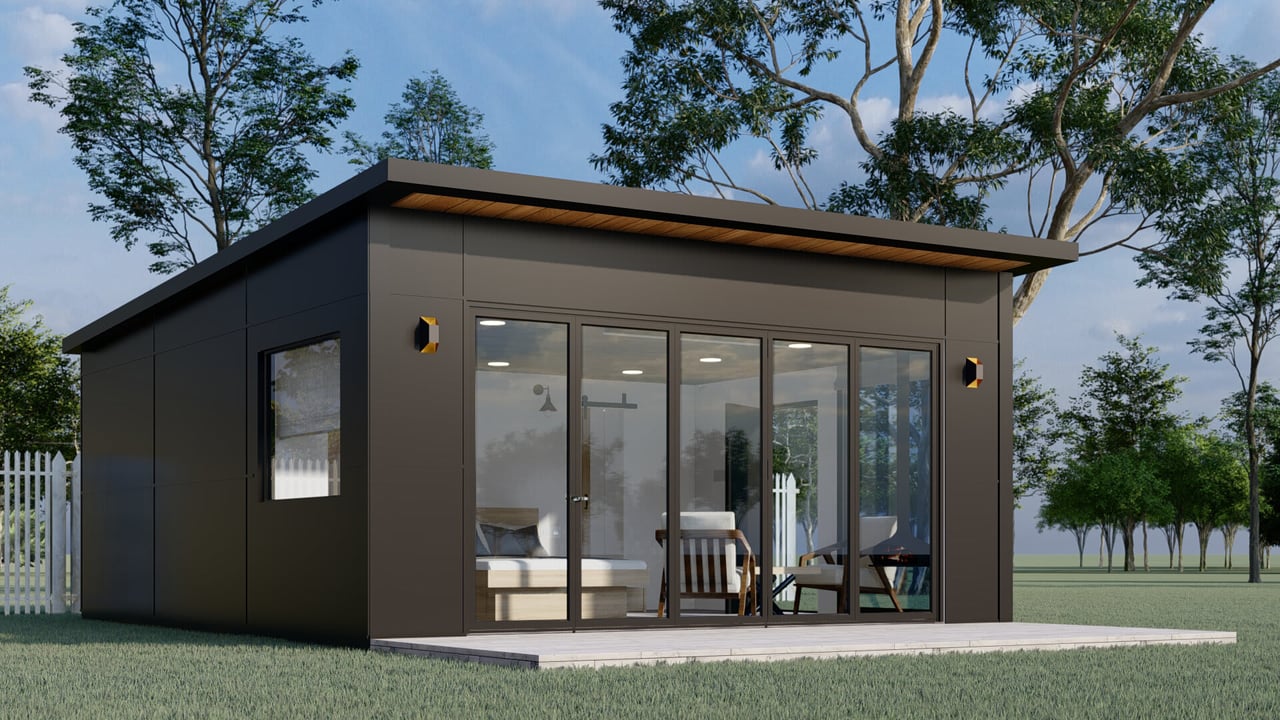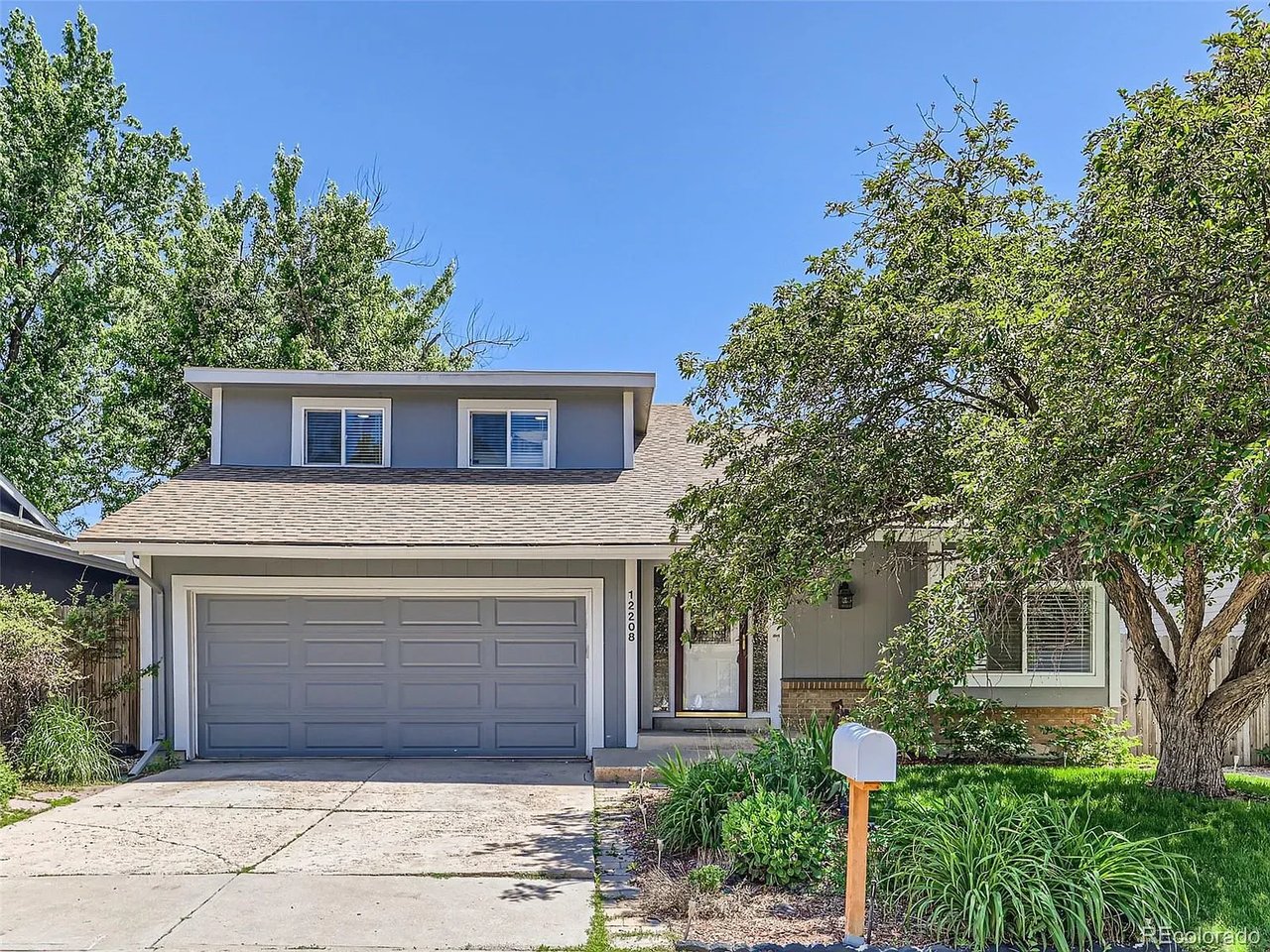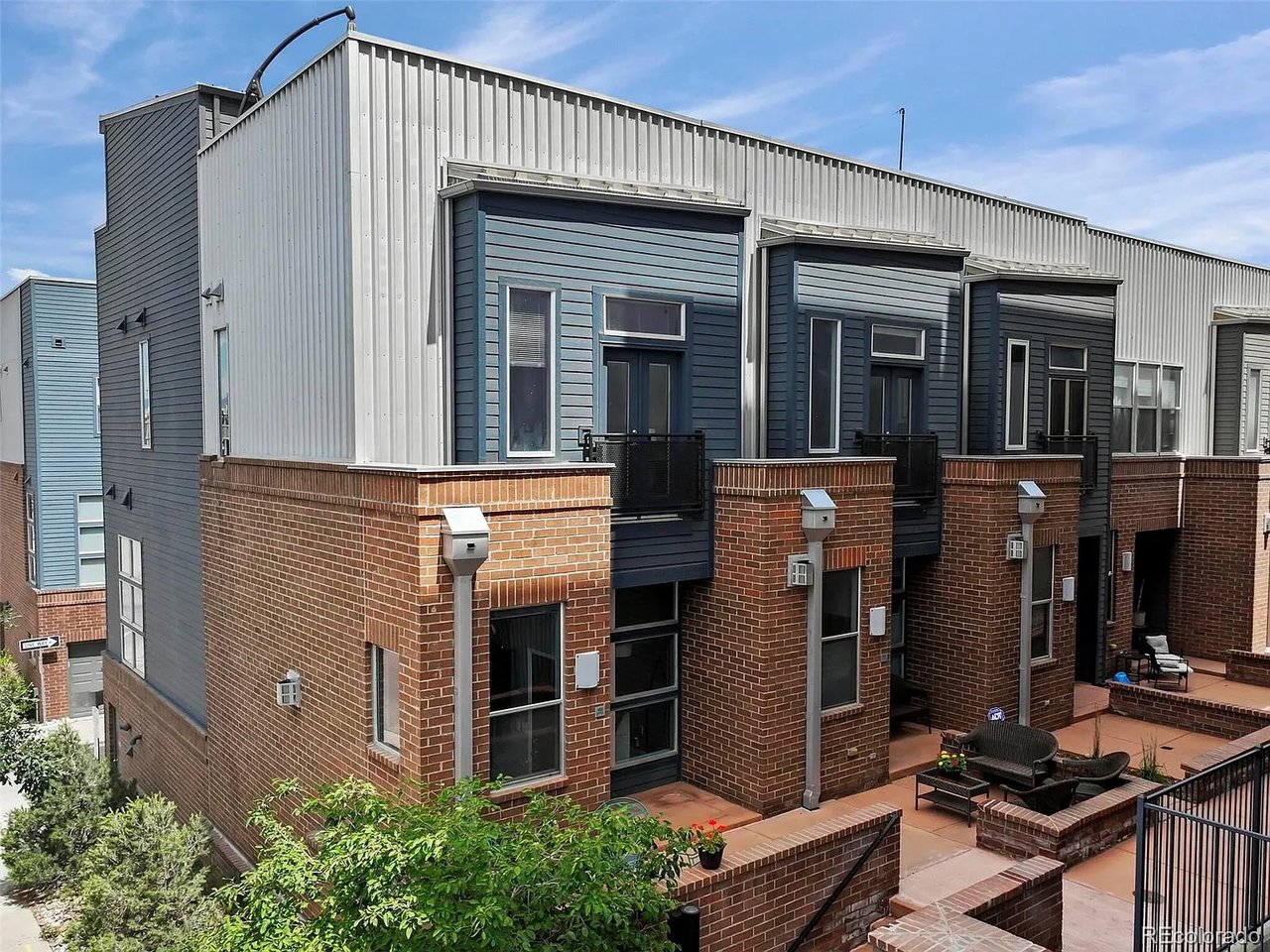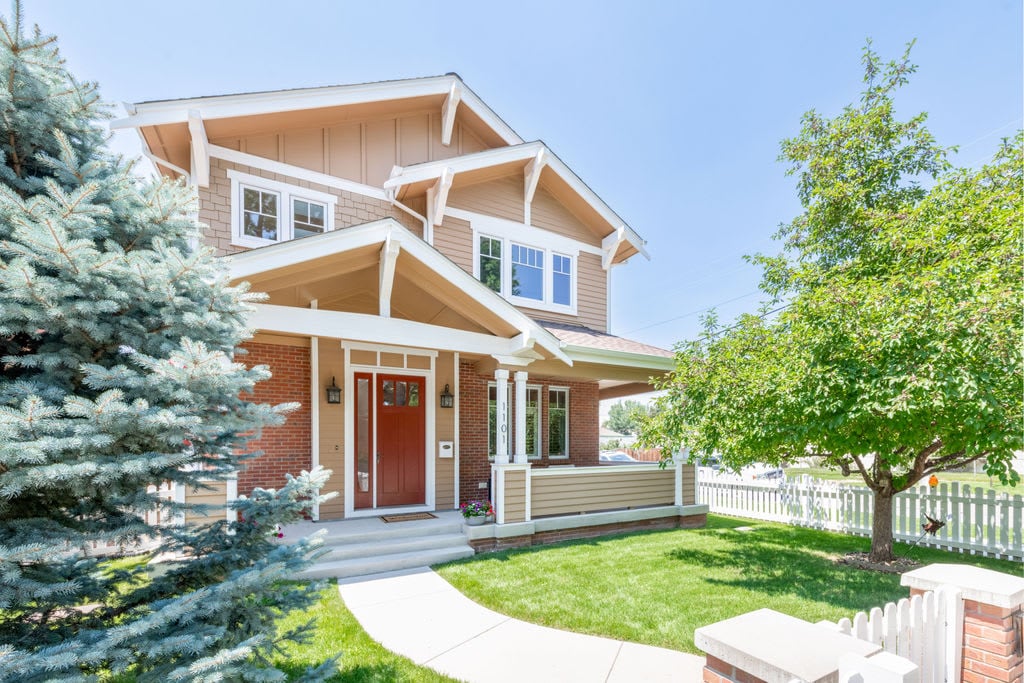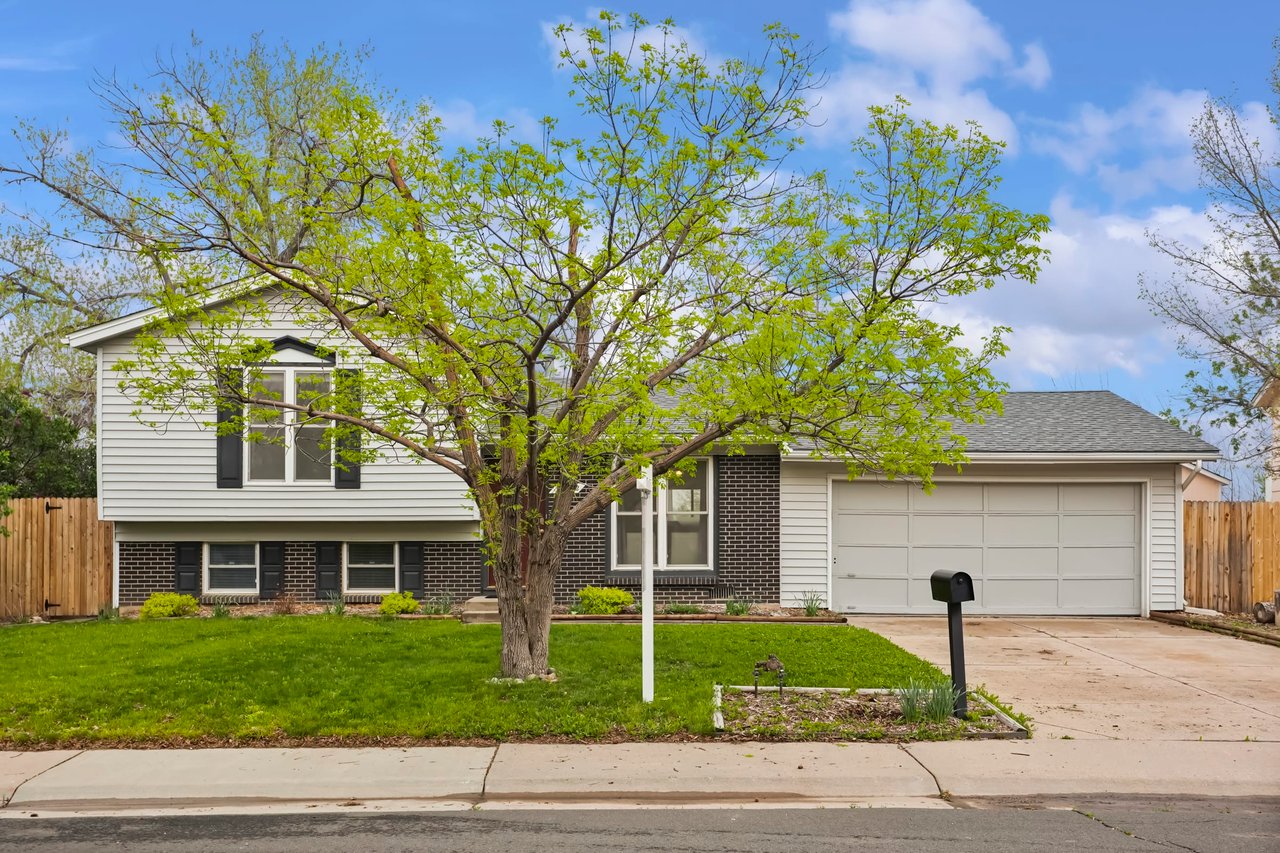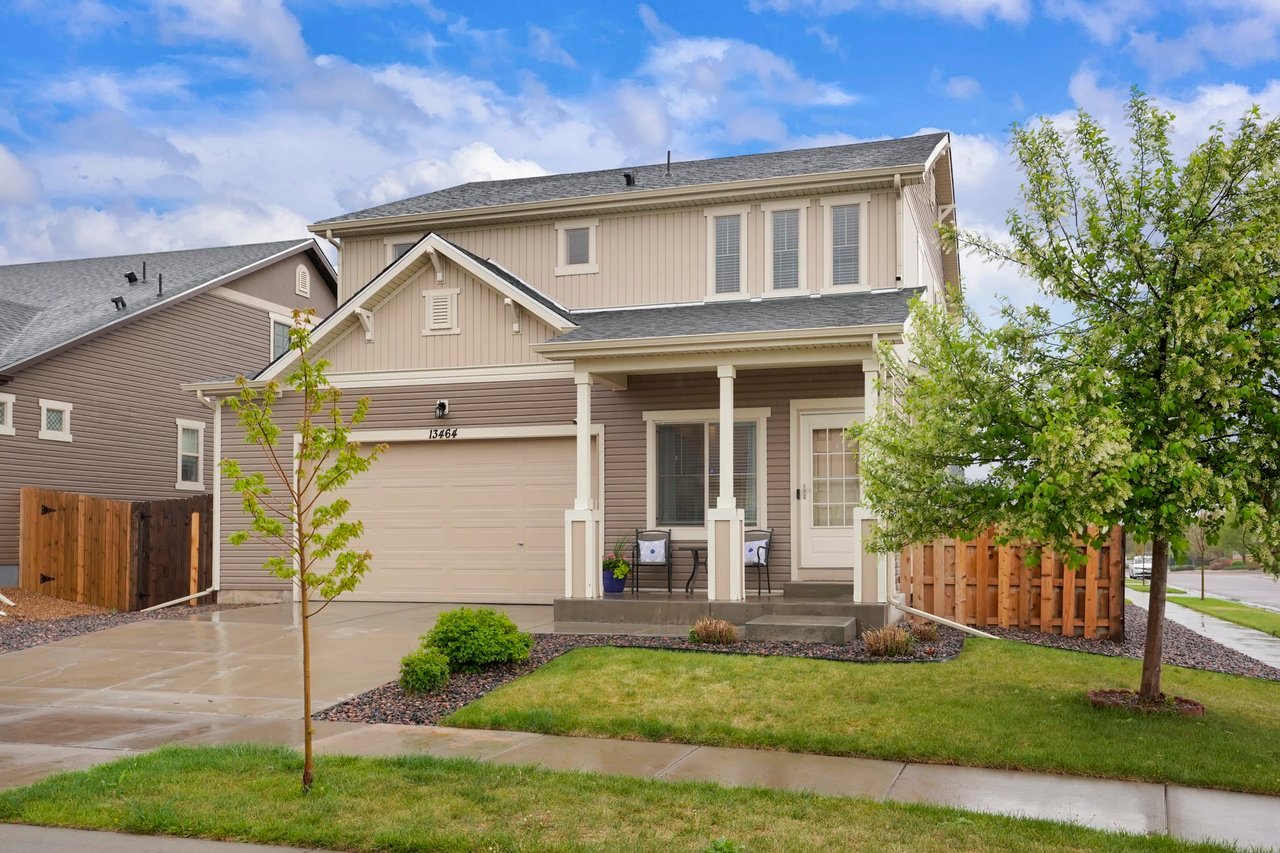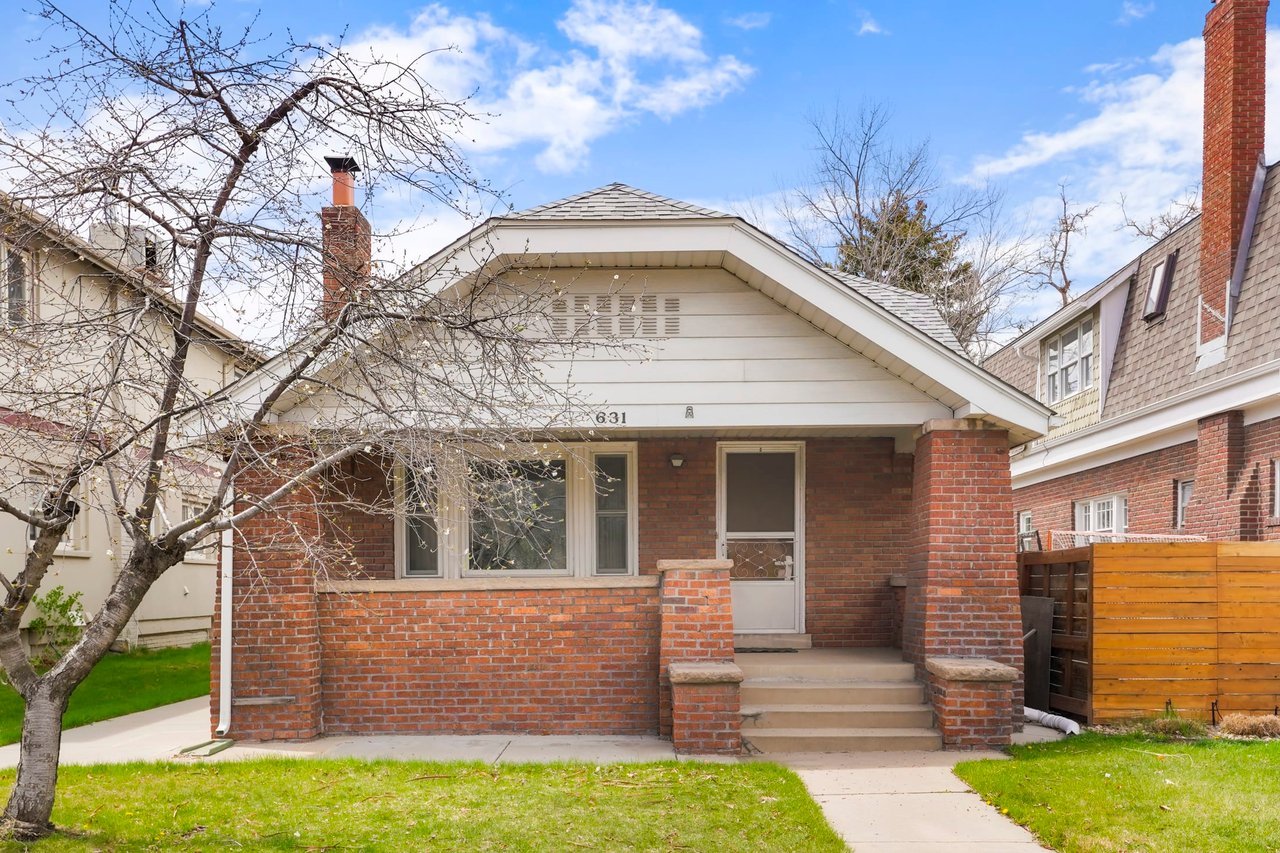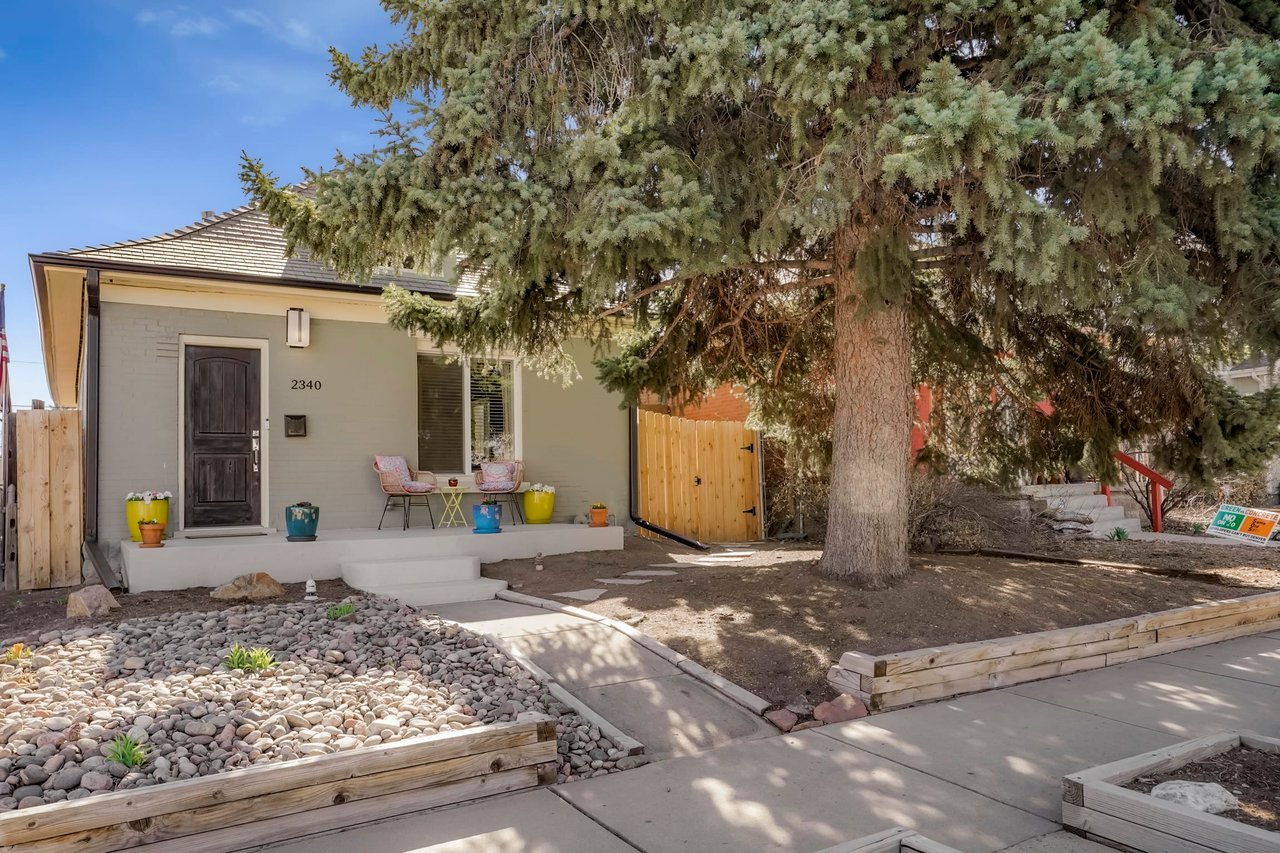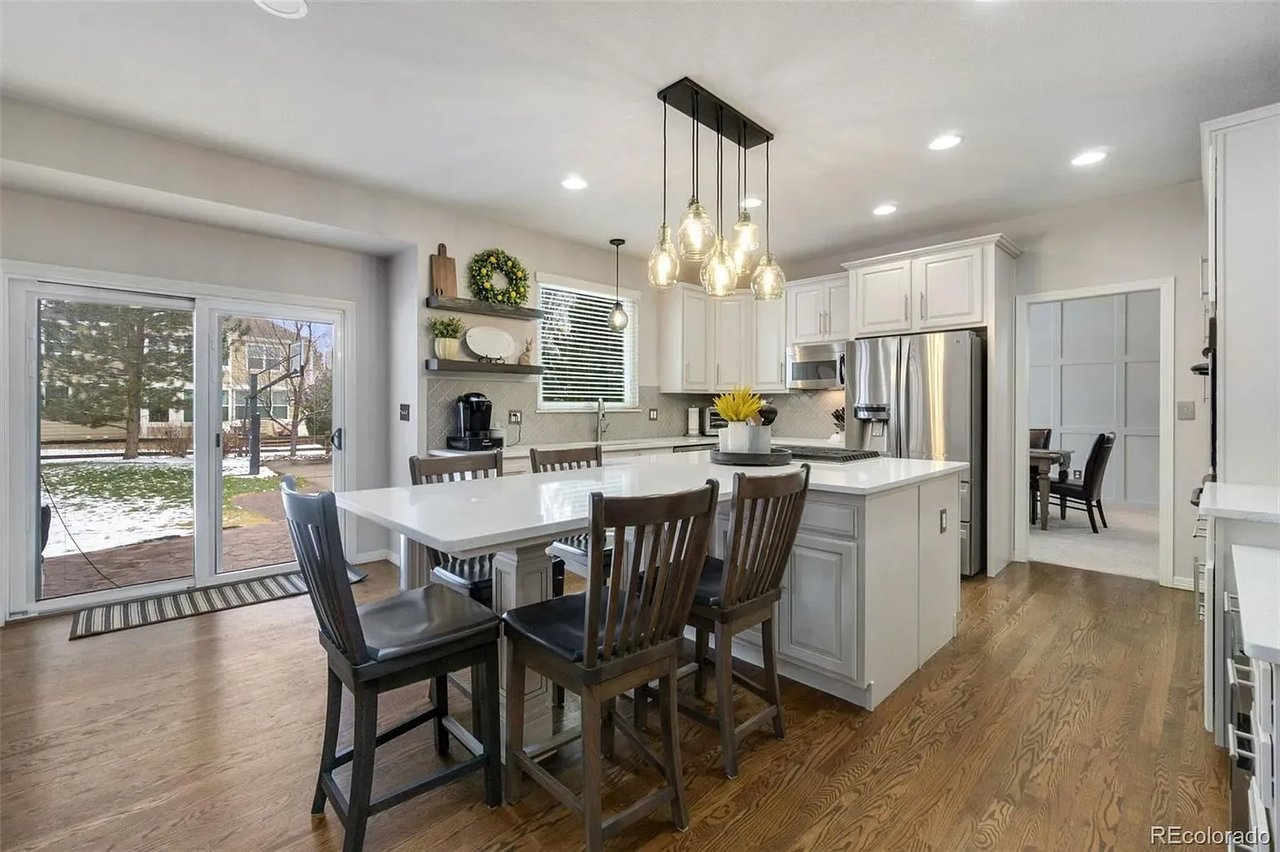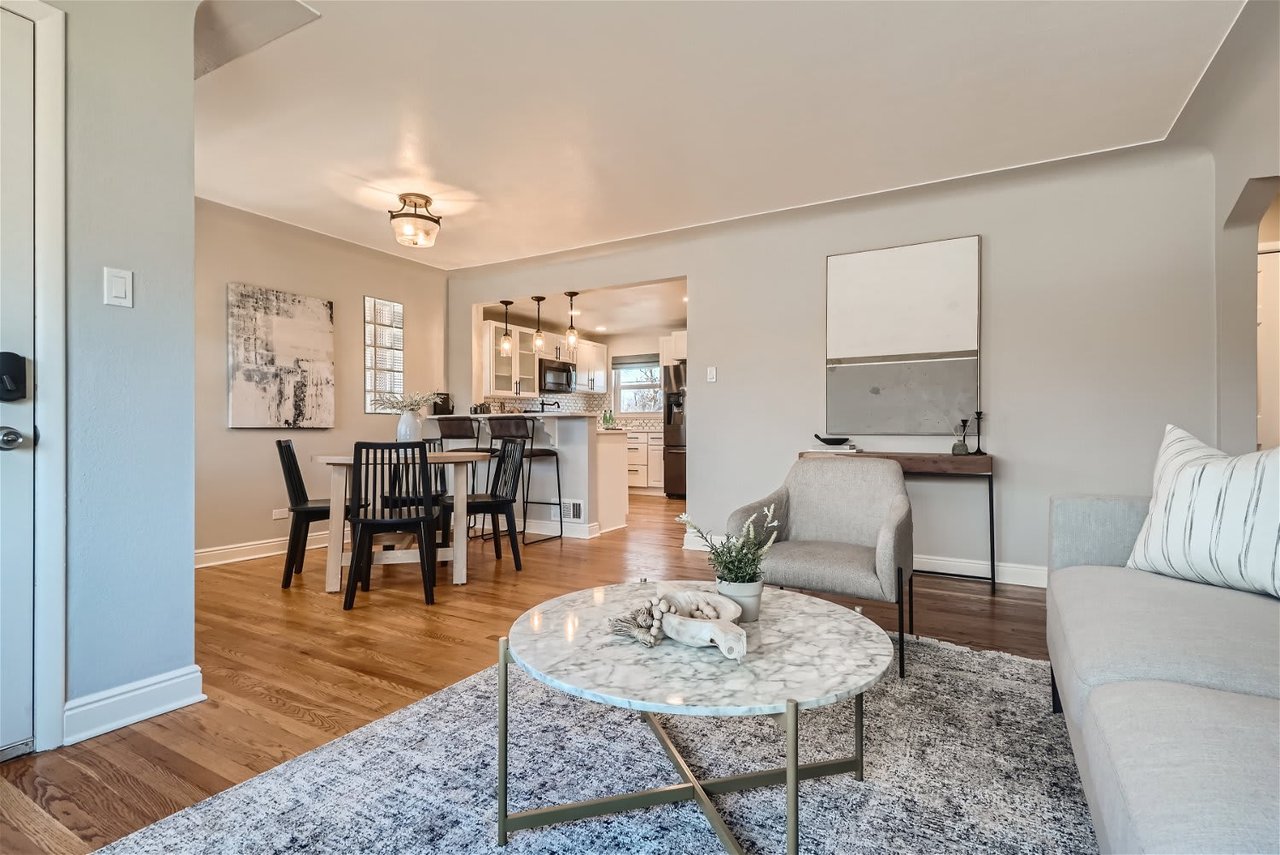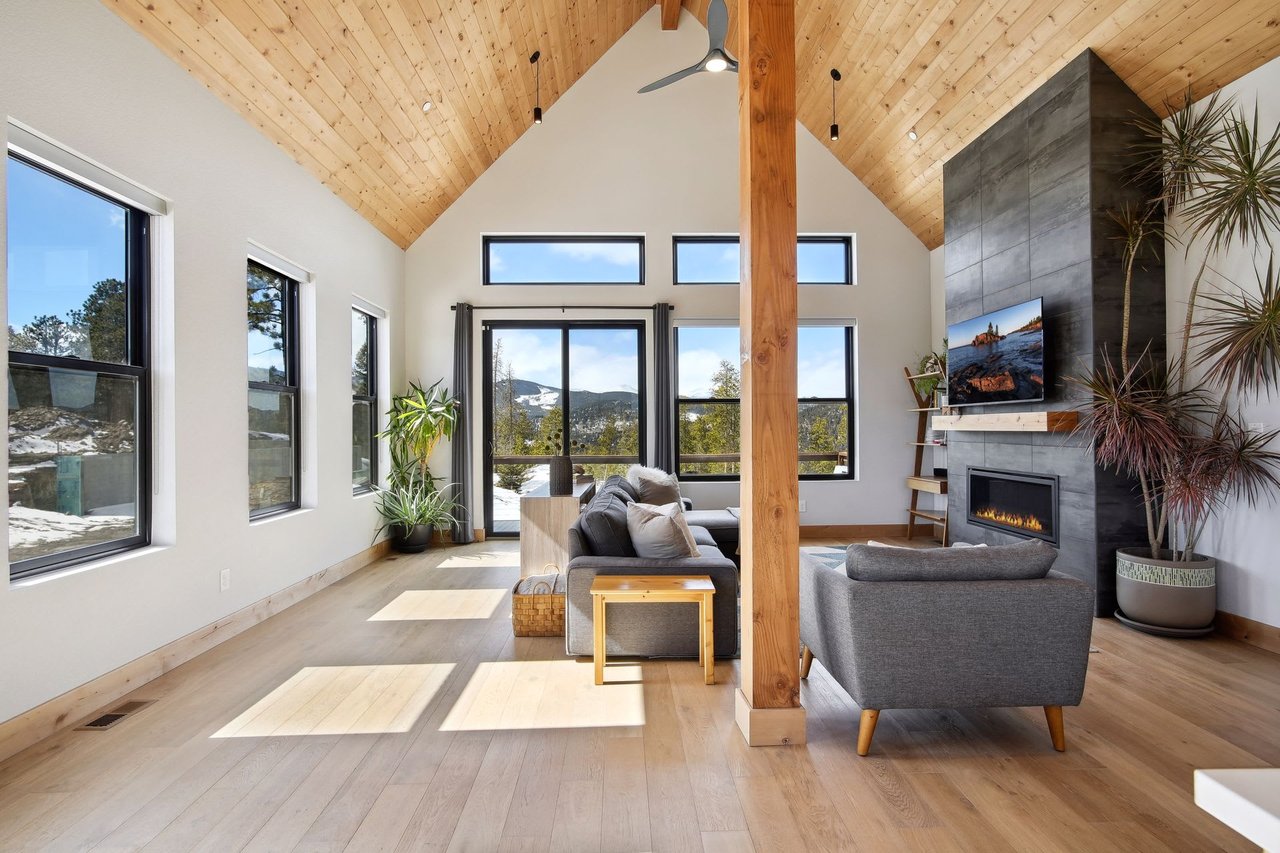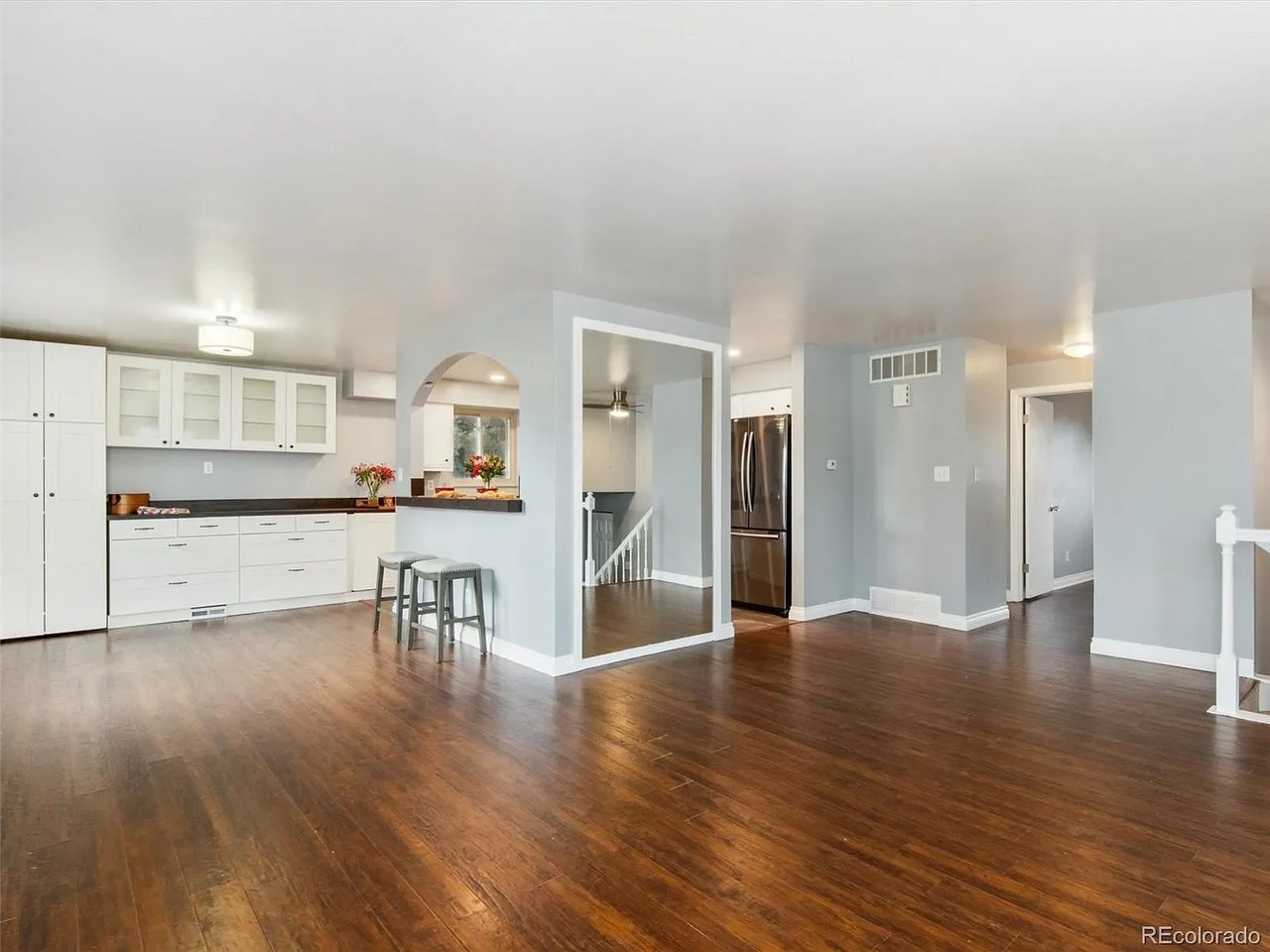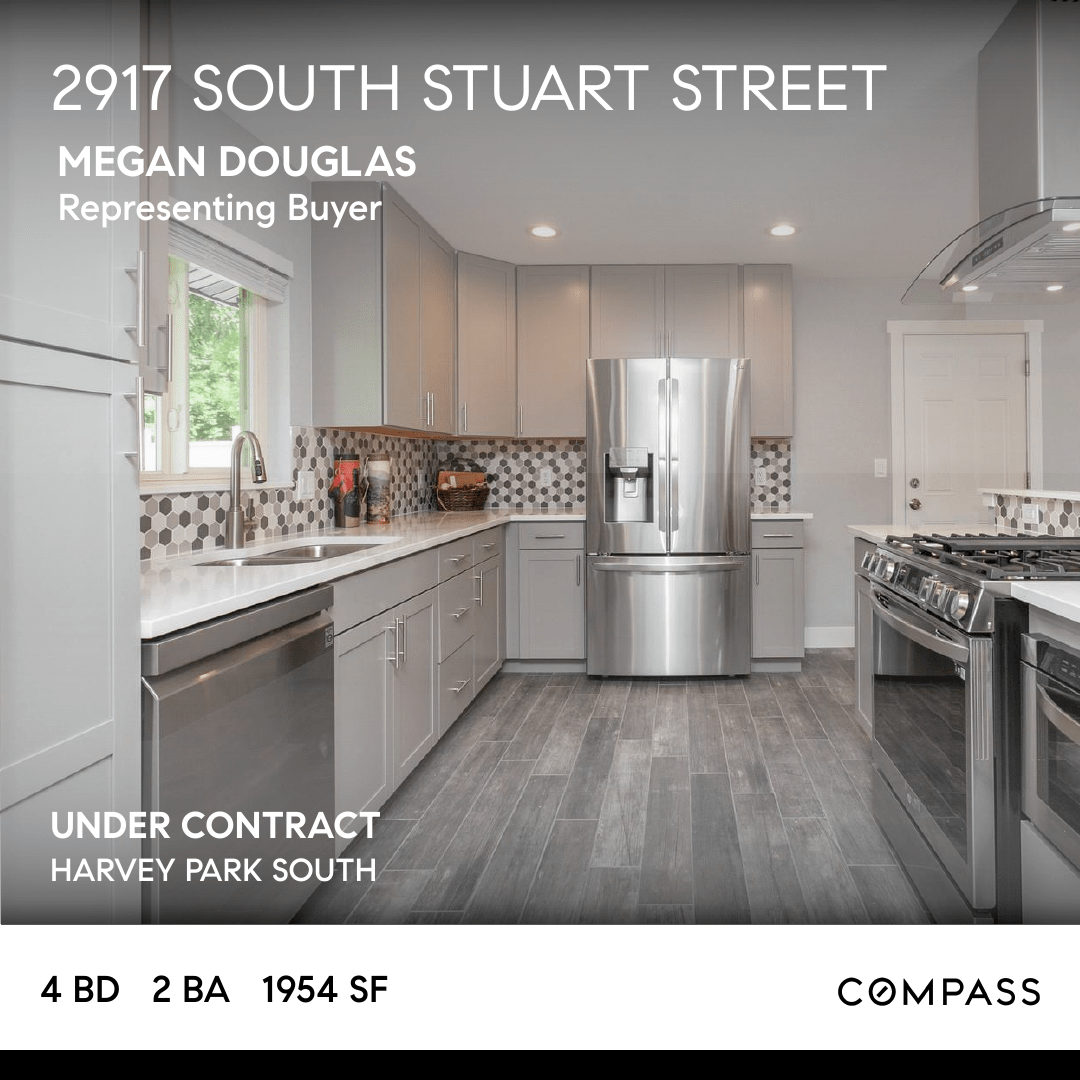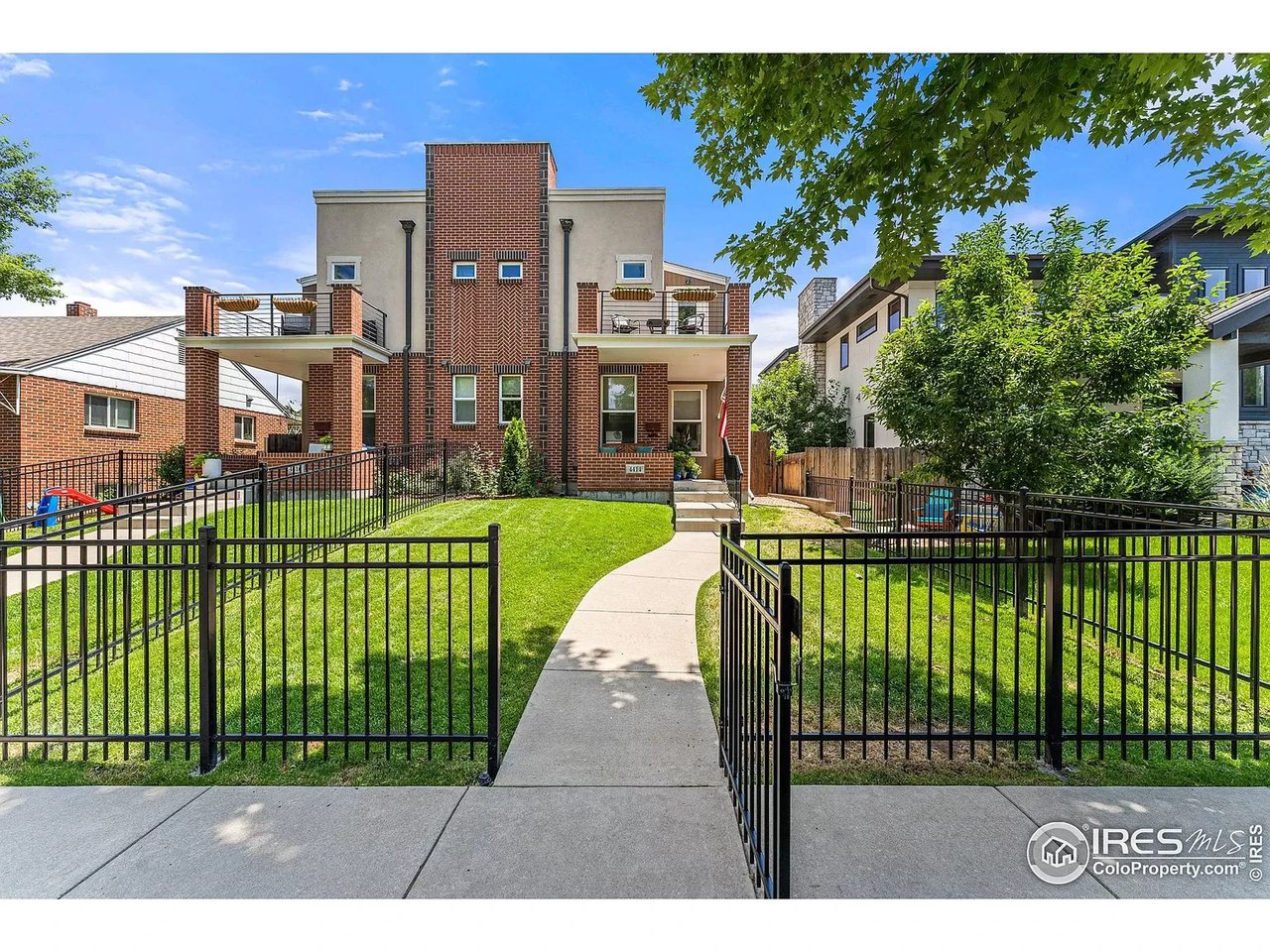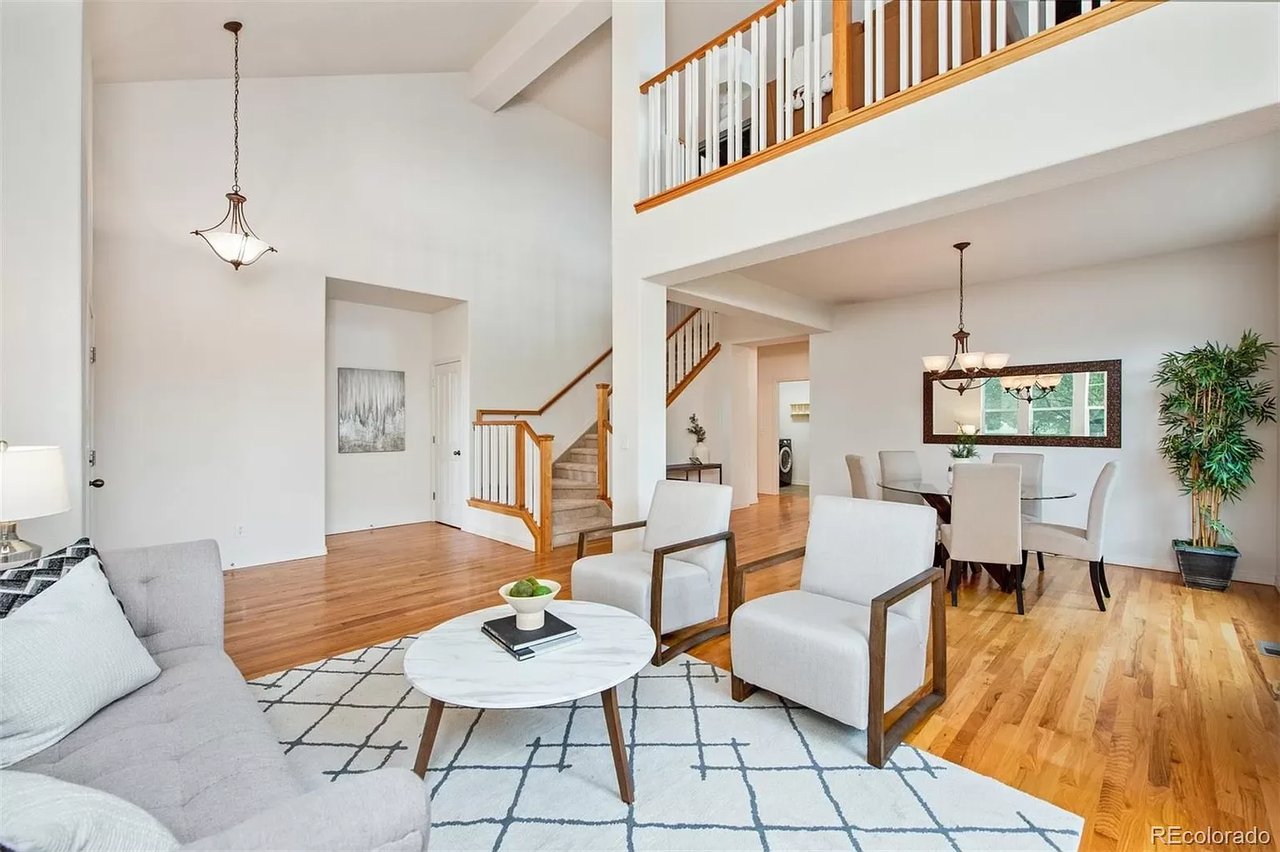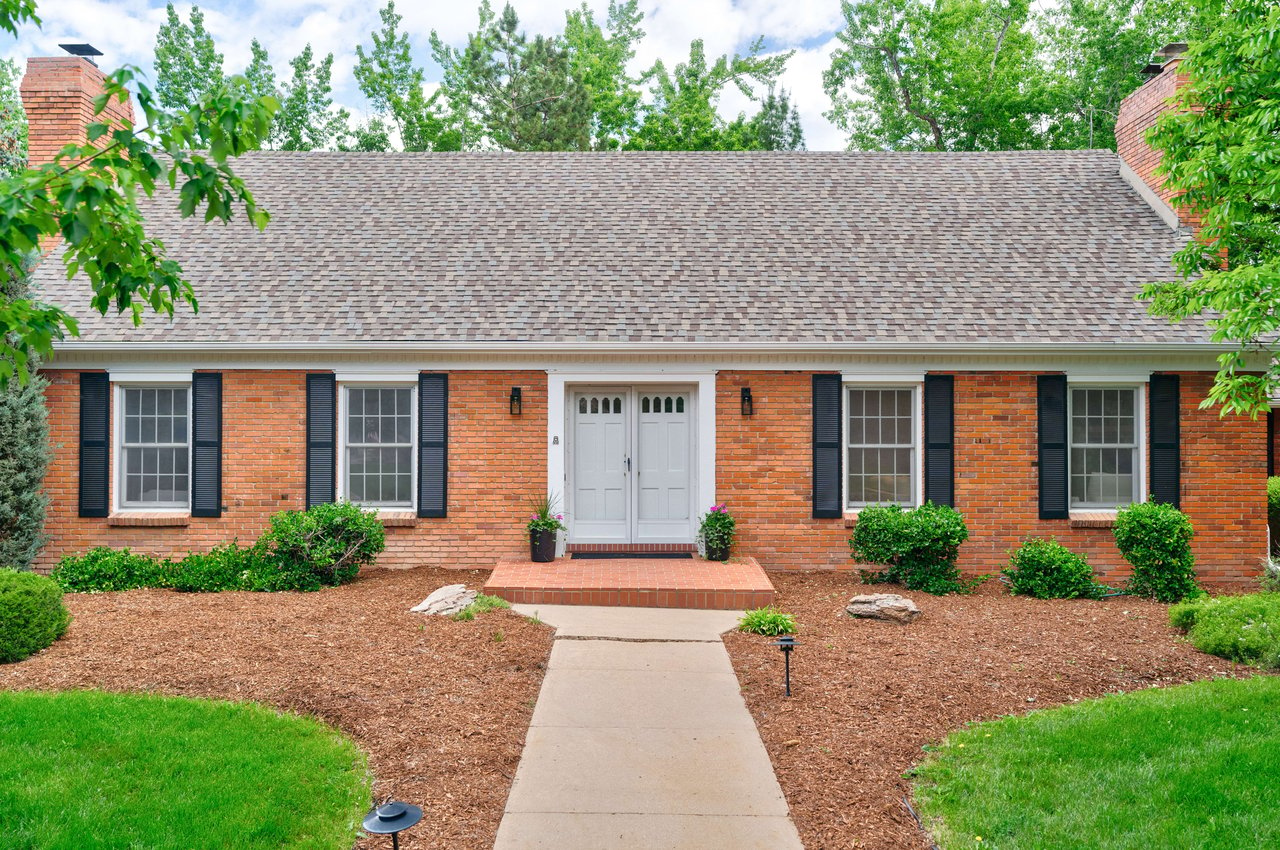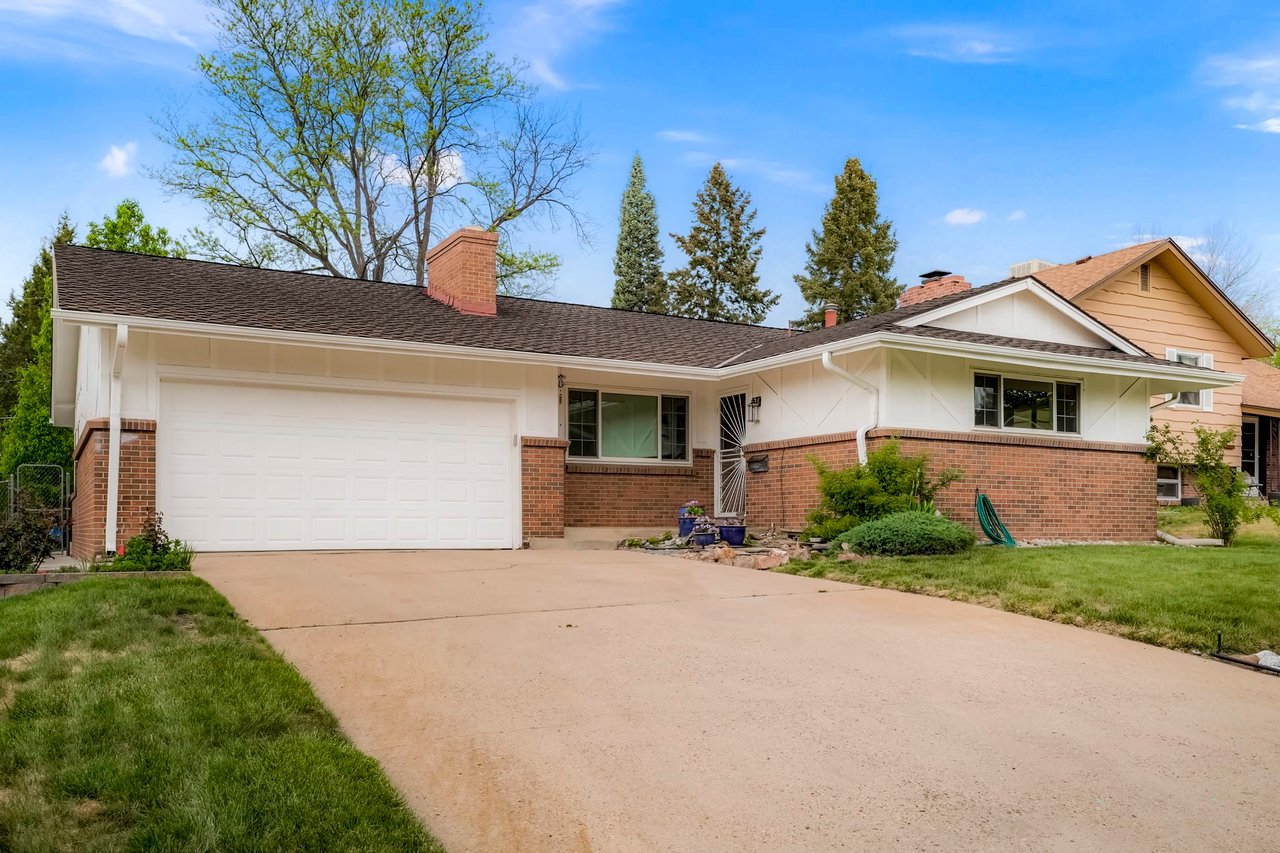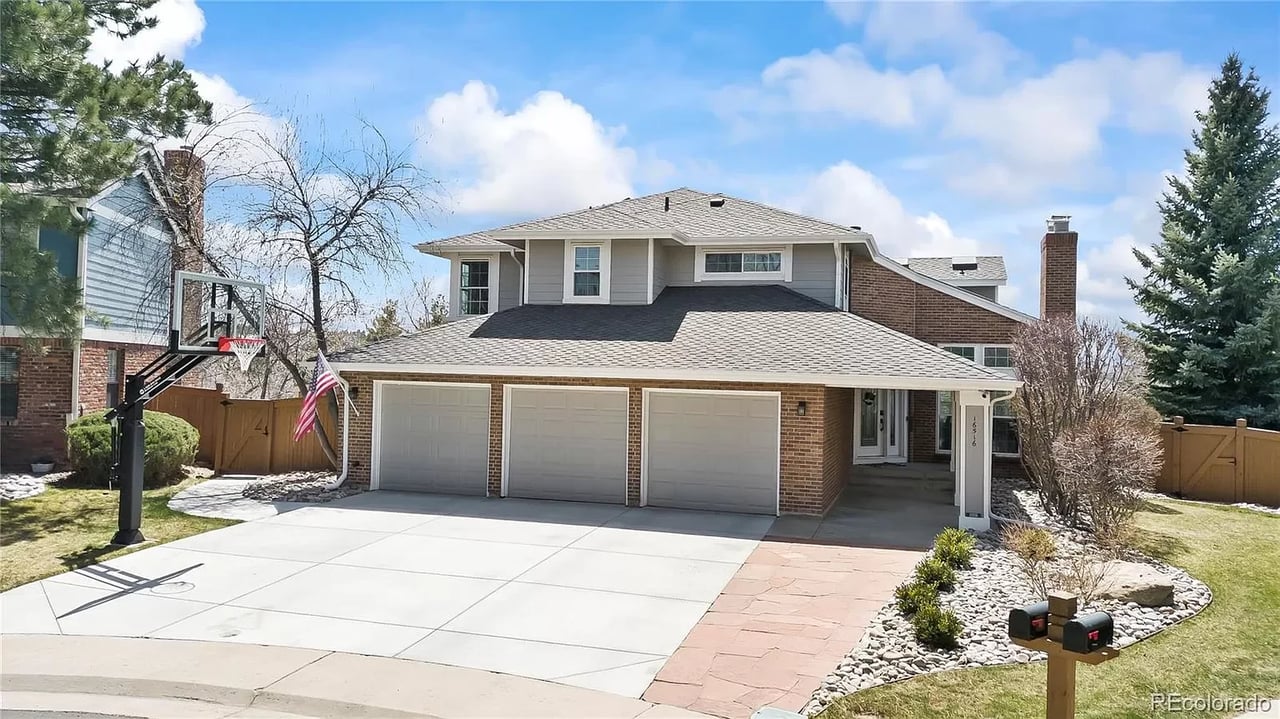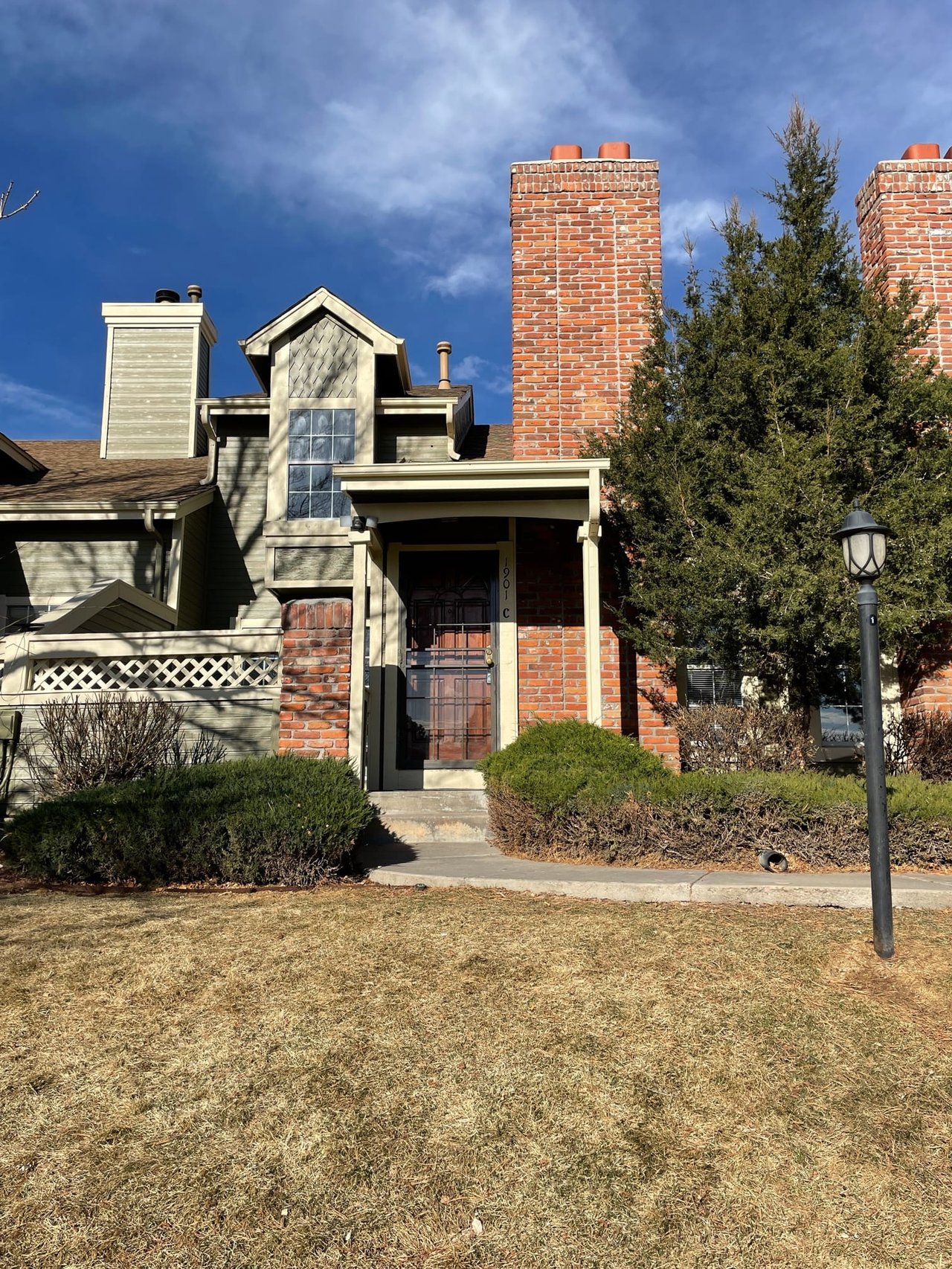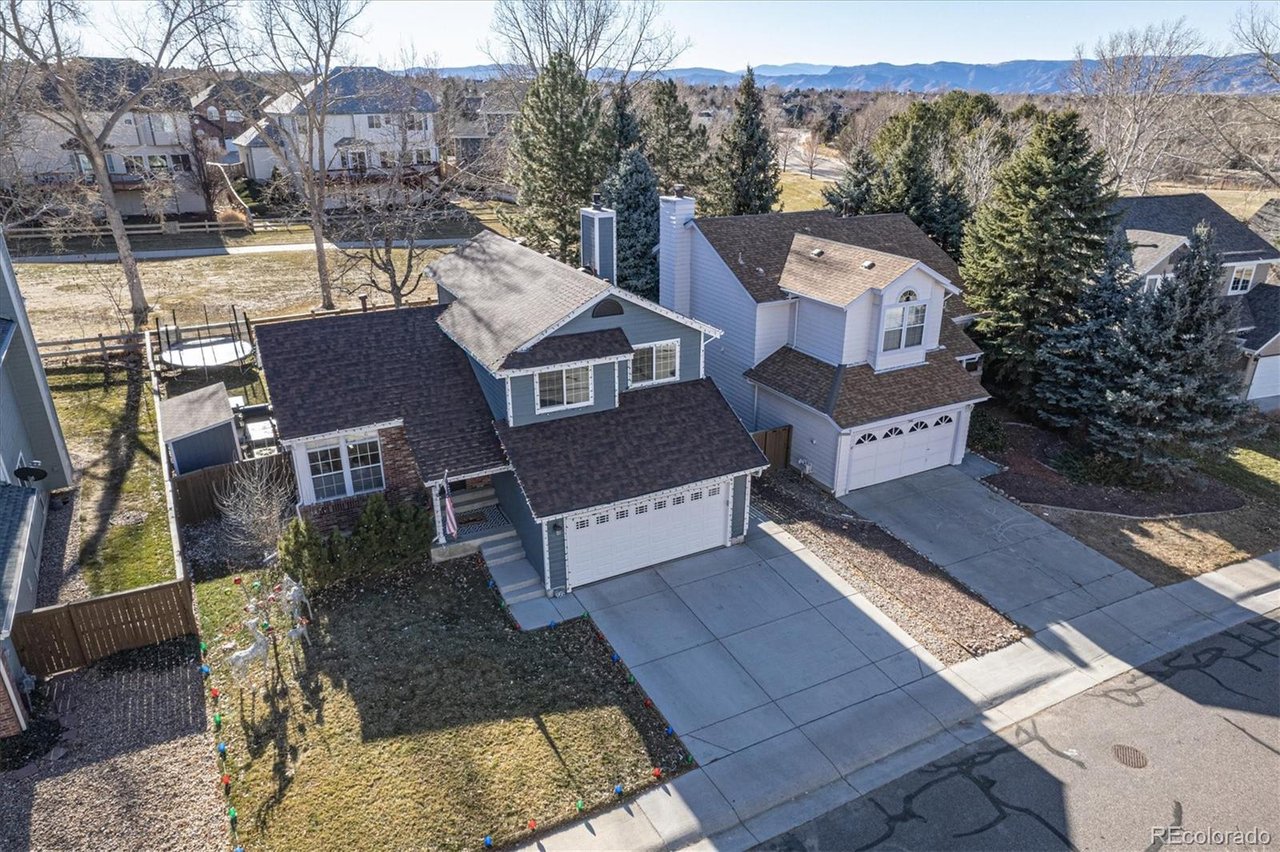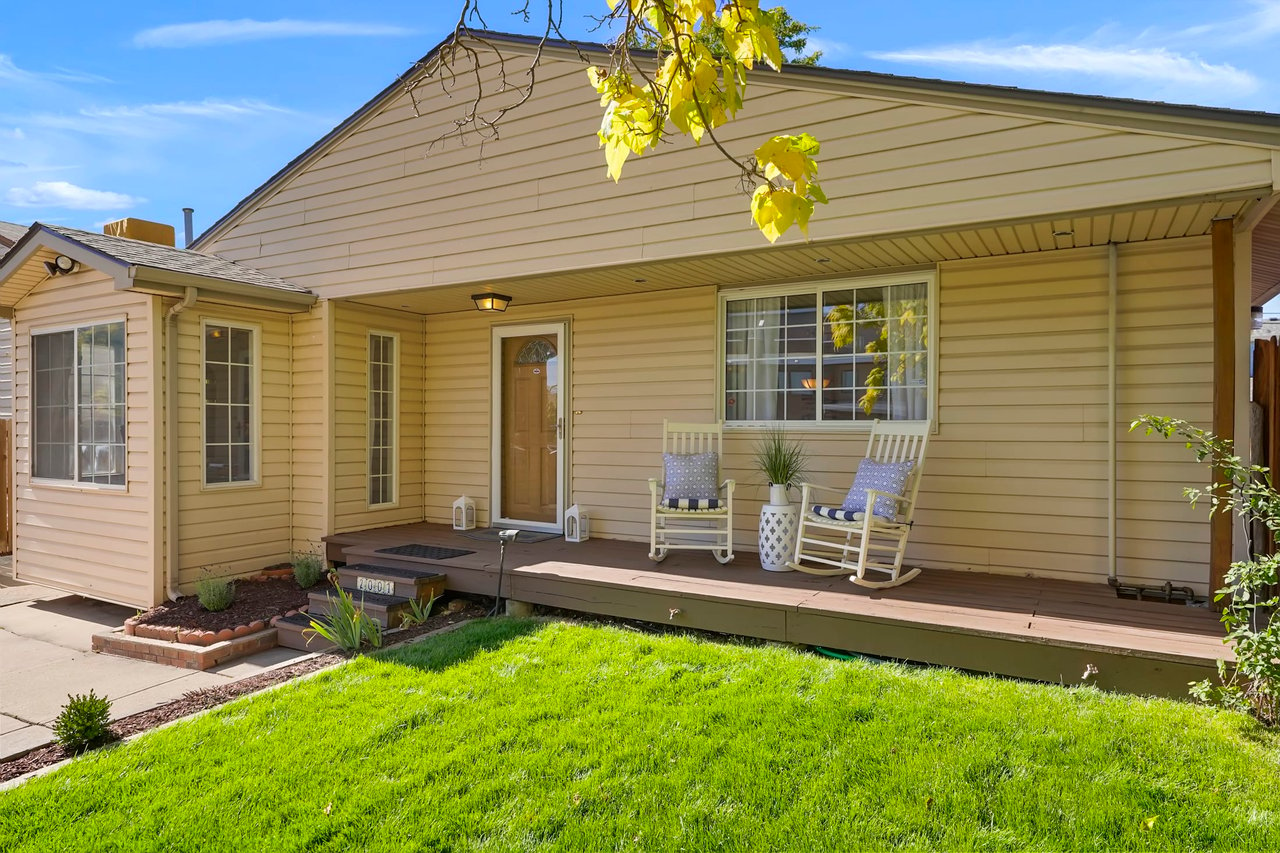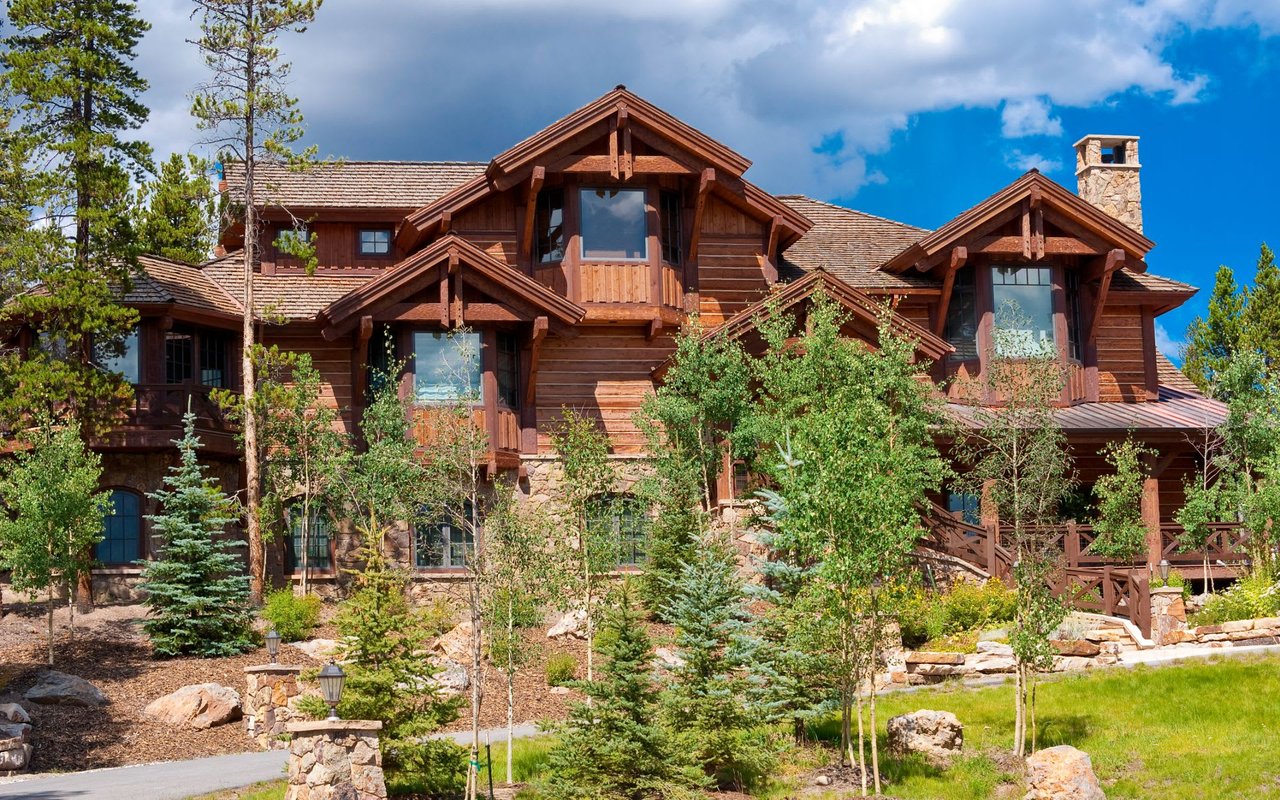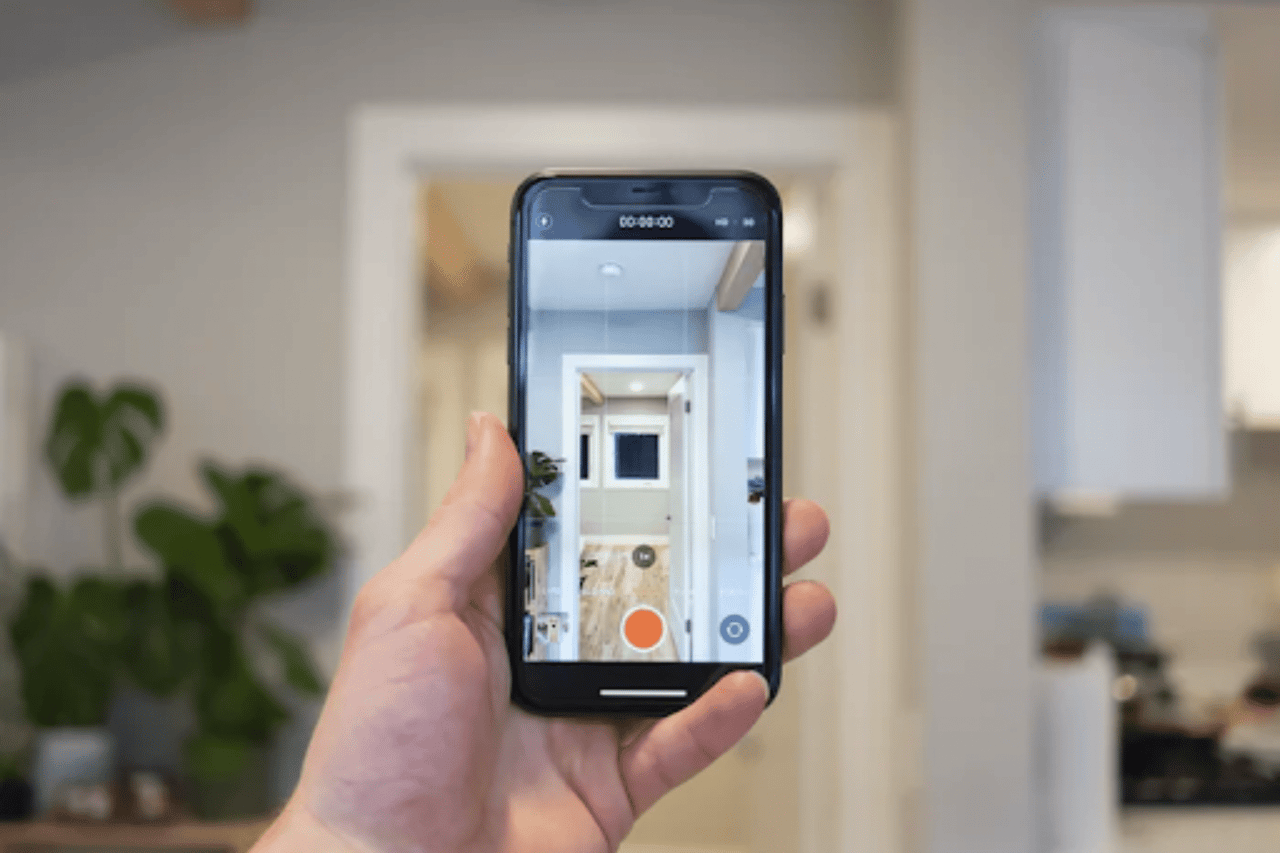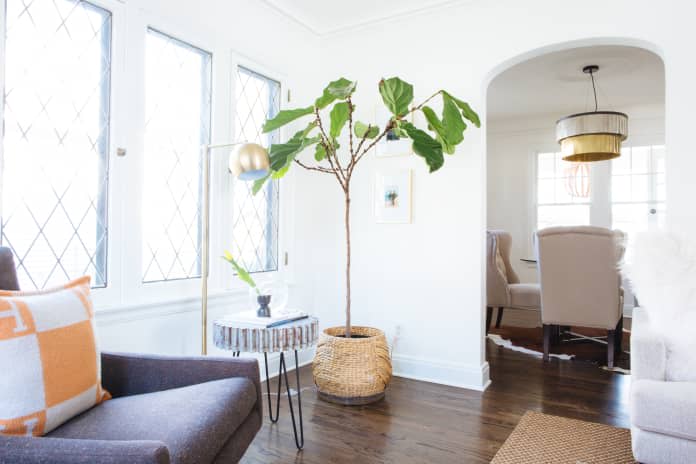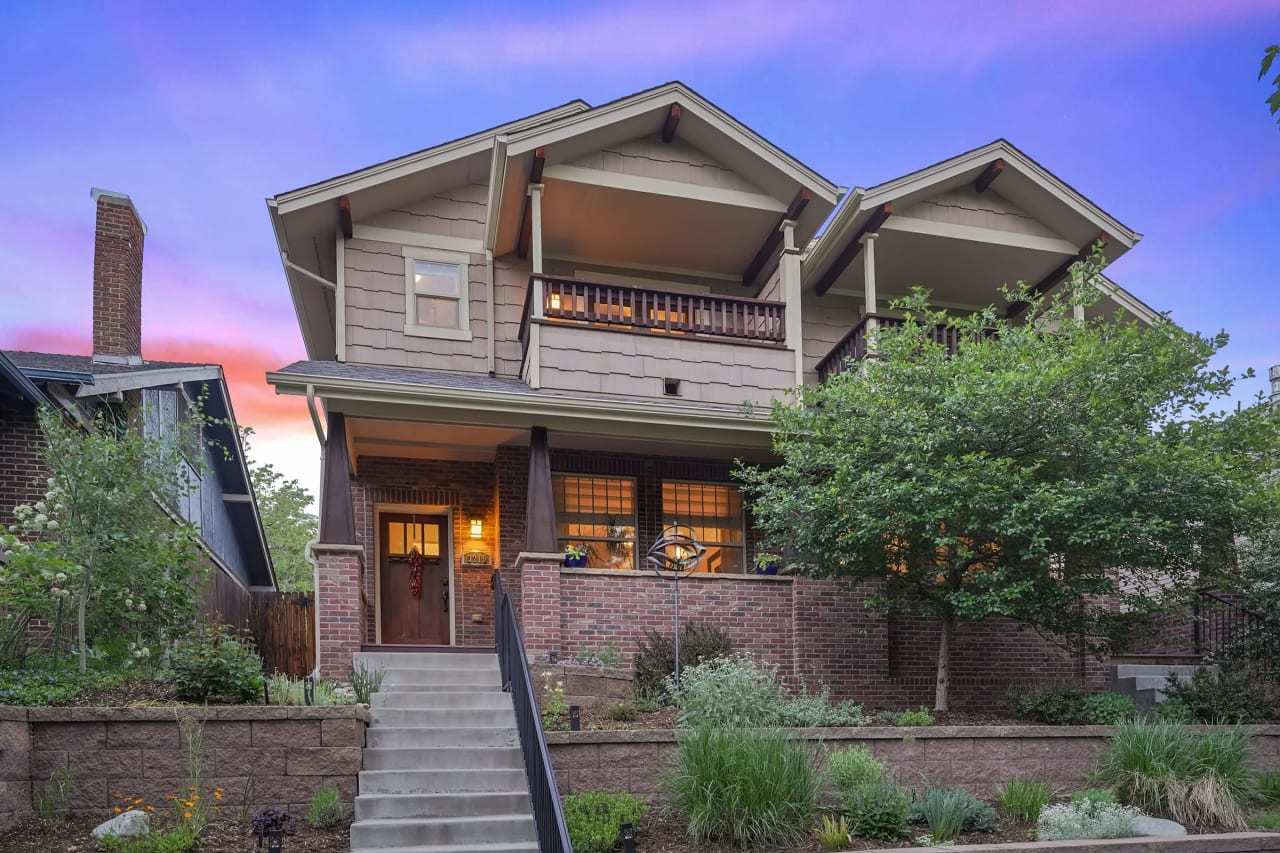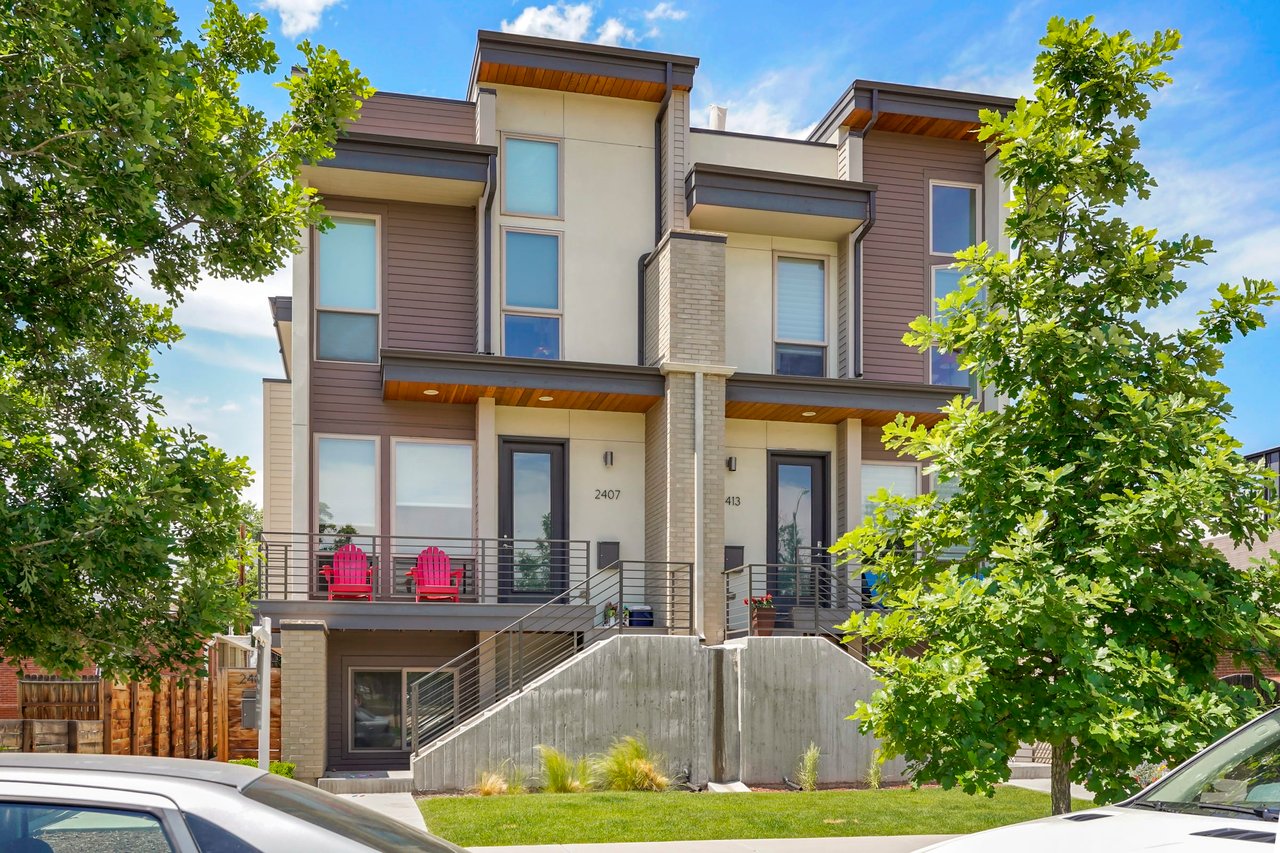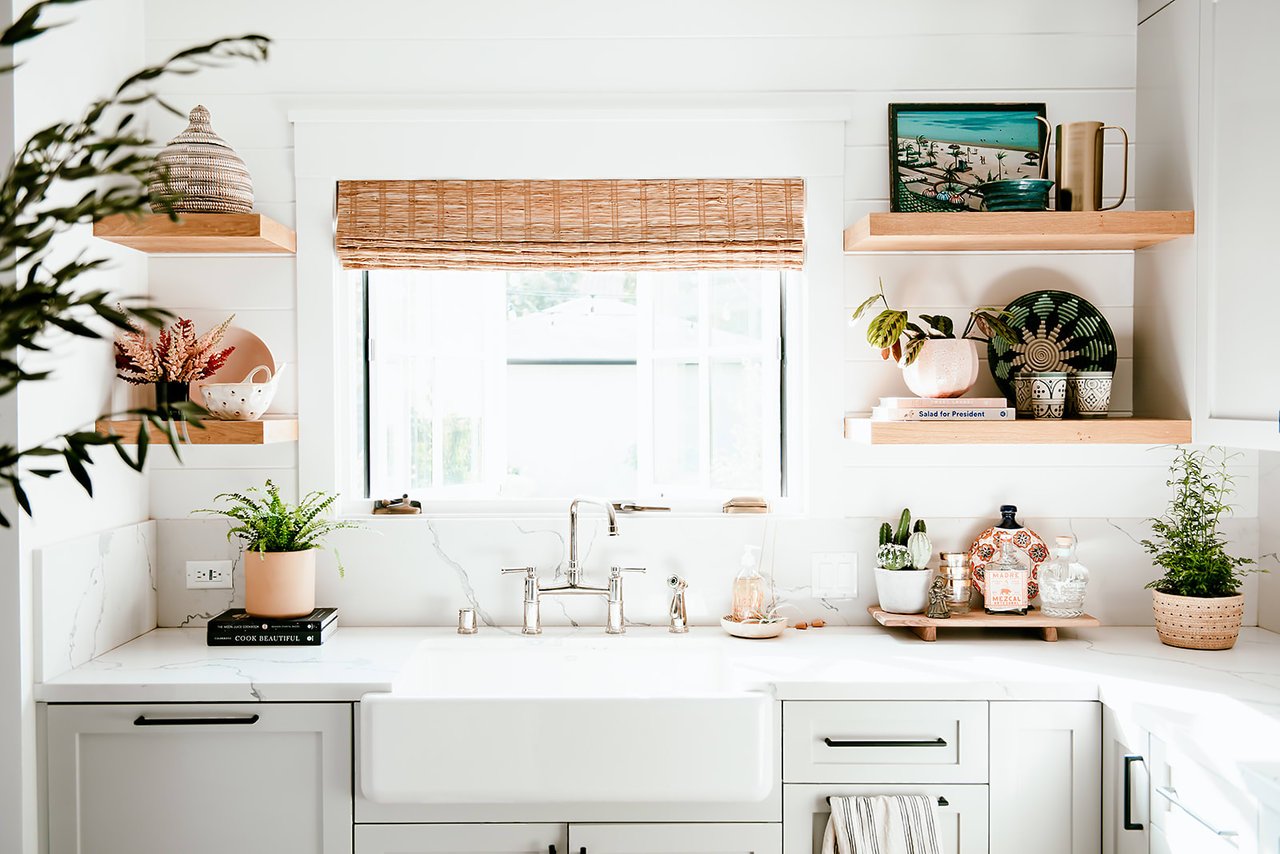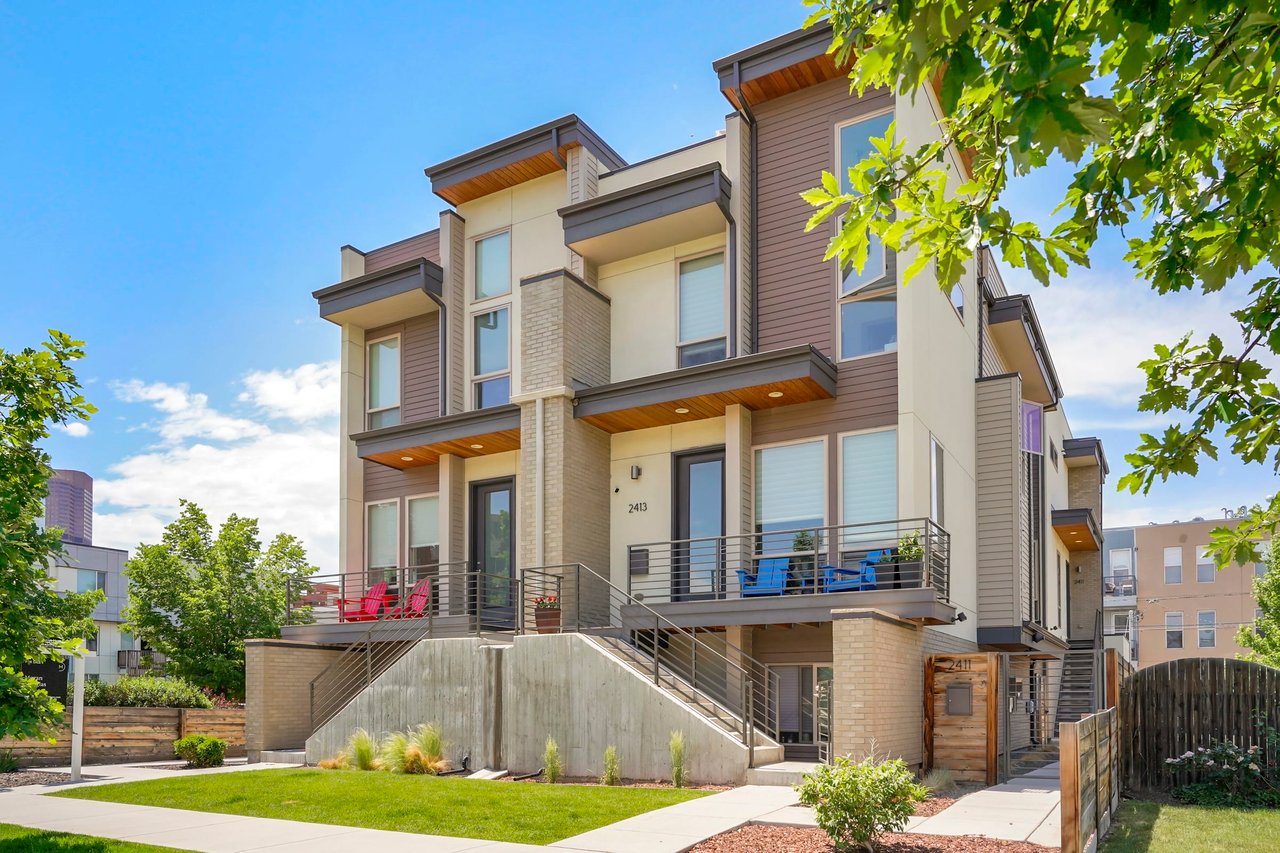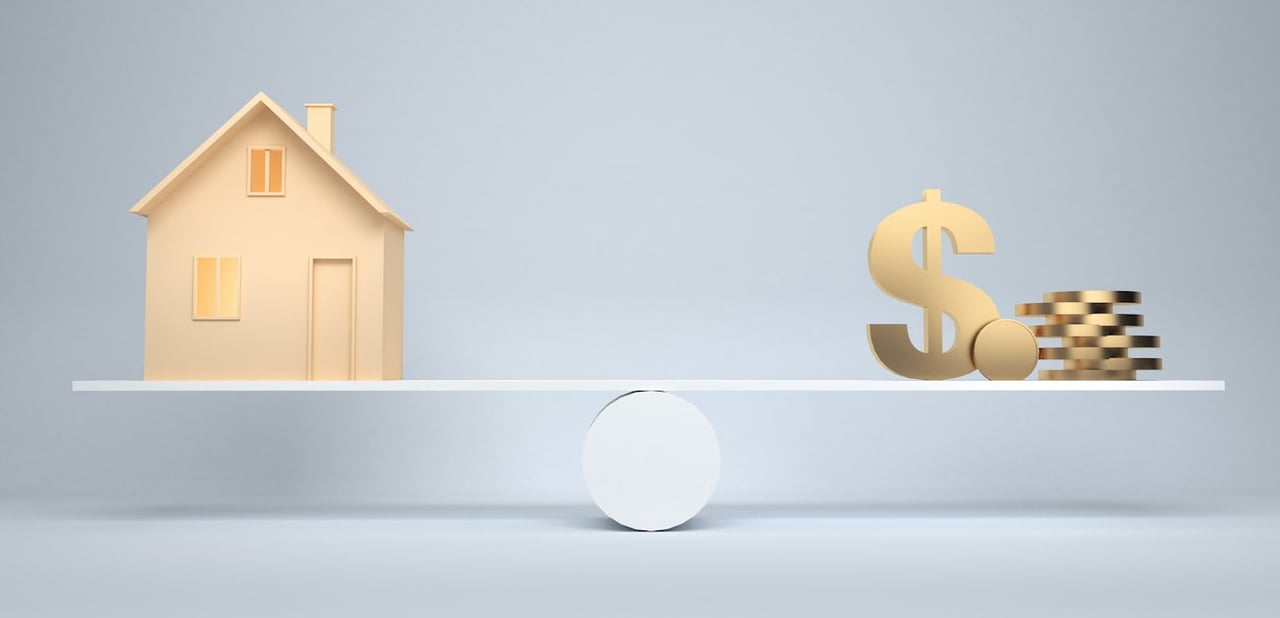Homeowners may be eligible for an Energy Efficiency Home Improvement Credit of up to $3,200 for energy-efficient upgrades made after January 1, 2023. The credit for 2024 covers 30 percent of qualifying expenses, with varying limits for different improvement categories. Below, we outline the eligible improvements in four key categories: energy-efficient, clean energy, historic home, and medically necessary upgrades.Energy-Efficient Home Improvements
Replacing outdated windows and skylights can enhance your home's efficiency and decrease reliance on your HVAC system. Eligible homeowners could potentially receive a credit of up to $600. It's essential to utilize specific equipment listed on the ENERGY STAR Most Efficient list to qualify for this credit.
Regarding biomass stoves, these appliances utilize biomass fuel to heat homes or water, offering a greener alternative to traditional heating methods. Biomass fuel sources encompass various materials such as agricultural crops, wood, residues, and fibers. By installing a biomass stove meeting Energy Star's criteria, homeowners may qualify for a credit of up to $2,000. To be eligible, the biomass stove must boast a thermal efficiency rating of at least 75 percent. Installation costs may be included in the qualifying expenses.
Clean Energy Home Improvements
You may be eligible for the Residential Clean Energy Credit by integrating new renewable energy assets into your household. This credit does not have a monetary cap, except for fuel cell properties, which are restricted to $500 for every half kilowatt of capacity.
Solar panels offer substantial savings for homeowners, averaging around $1,500 per year on energy bills (equivalent to approximately $125 per month). Unlike traditional electrical bills where you pay for the power consumed, solar panels enable you to store excess energy generated throughout the year. If your energy usage is lower than what you've stored, you may have surplus energy that can potentially be sold back to your local grid, amplifying the monetary benefits of solar power for households.
Solar Water Heating System Replacing your conventional water heater with a solar-powered alternative can yield significant benefits. Not only does it enhance your home's operational efficiency, but it also reduces your utility expenses, addressing one of the largest costs associated with homeownership.
Geothermal Heat Pump System For a more efficient approach to heating and cooling your residence, consider investing in a geothermal system. These pumps operate by transferring heat to and from the ground, offering superior efficiency compared to conventional systems that generate heat. While they come with a relatively high initial cost, averaging $15,026, expenses can vary based on factors like system size, configuration, and site conditions, ranging from $4,270 to $25,860 according to Angi. Despite the upfront investment, the Department of Energy suggests a potential return on investment within five to ten years, particularly with available financial incentives.
Battery storage technology functions to retain surplus energy derived from clean energy sources for future use. This provides households with a dependable (and eco-friendly) energy reservoir in instances of grid failure or adverse weather conditions.
Historic Home Upgrades
Historic residences may be eligible for such tax credits and grants due to the interest of numerous organizations in conserving architectural heritage. Klosterman emphasizes that leveraging these opportunities not only alleviates the financial strain of potential repairs but also contributes to preserving the authentic charm of your home.
Upgrading or substituting aged pipes could meet the criteria for eligibility for this tax credit and might be essential to align the home with building codes and mitigate water-related issues. It also presents an opportunity to enhance the energy efficiency of an older residence.
Restoring elements of historical significance, such as beams, posts, or stair railings, in a deteriorated state may make you eligible for a tax benefit. These repairs must uphold the property's original design and historical era, while ensuring they possess load-bearing capacities equivalent to the originals.
Completely replacing a worn-out staircase with identical or suitable alternative materials not only enhances home safety but also potentially meets the criteria for this tax credit. The newly installed stairs should closely resemble the original design.
Medically Necessary Upgrades
You have the potential to incorporate medically necessary home enhancements into your medical expense deduction. These modifications aim to enhance your home's accessibility for disabilities affecting you, your spouse, or any dependents residing with you. The deductible amount hinges on the impact of these improvements on your home's value.
Klosterman elaborates, stating, "If the improvement increases your home's value, your medical expense deduction encompasses the improvement cost minus the home value increment. However, if there's no increase in your home's value, you can include the entire improvement cost in your medical expense deduction."
Modified Smoke Detectors For individuals with disabilities such as blindness or hearing impairment, replacing standard smoke detectors with models that incorporate flashing lights or emit louder alarms may be eligible. Additionally, employing smart monitoring systems, such as water leak detectors, can facilitate early detection of problems in challenging-to-access areas.
Adjusting the grade or level of the ground can enhance accessibility and safeguard your residence against water runoff. This involves reducing steep inclines, installing ADA-compliant ramps, and establishing easily navigable pathways (like using flat stones instead of cobblestones). Additionally, it encompasses measures to divert runoff away from your property, thereby mitigating the risk of stagnant water accumulation.
Incorporating ADA-Compliant Modications features such as grab bars, handrails, and walk-in showers instead of tubs in your bathrooms can enhance the accessibility of your home and potentially make you eligible for tax credits.
Home Improvement vs. Home Repair
As per IRS Publication 523, for an activity to qualify as an improvement, it must enhance the value of your home, accommodate new functionalities, or extend its longevity. If repair work is integral to the overall improvement, it can be included. However, not all repairs, such as fixing a leak or patching drywall, inherently increase value, despite improving the home's immediate condition.
Additionally, there exists a distinct category known as capital improvements, as noted by Klosterman. These projects aim to elongate the lifespan of your home, augment its worth, or adapt it for new purposes. Unlike repairs, which maintain the home without necessarily adding value, capital improvements may not yield immediate tax benefits. Nonetheless, they serve to preemptively safeguard your home against potential issues, potentially reducing tax obligations upon future sale.
Home Office Repairs
If you're engaged in remote work, you might qualify to deduct repair costs for your home office, covering both repairs and upkeep, provided you have a designated area in your home consistently used as your primary workspace. The deductible amount hinges on whether the project affects the entire residence or solely the office space. It's worth noting that enhancements to your home office, akin to capital improvements, do not qualify for tax deductions. Here are a few instances of eligible repairs for your home office:
- Installing a comprehensive home security system could potentially allow you to deduct expenses associated with maintaining and monitoring the system that pertain to the business portion of your home.
- Repairing faulty outlets and wiring might qualify for tax deductions.
- Swapping out your home office windows with dual- or triple-pane alternatives can enhance insulation, minimize noise, and potentially reduce cooling and heating expenses, in addition to offering tax advantages upon selling your home.
Rental Property Repairs
If you lease a section of your residence, you might qualify to subtract repair costs from your taxable rental earnings. However, certain restrictions exist, particularly if you're renting within your own living space. Here are a few examples of qualifying deductions:
- Fixing leaks in your tenant's bathroom.
- Attending to air leaks within your tenant's space, aiding in insulation enhancement. This can be achieved by refreshing the weather stripping around windows and doors.
- Regularly inspecting the air vents in your tenant's section of the property, increasing the likelihood of identifying airflow concerns, such as dirty vents or leaky ducts, before they escalate into significant issues.
Homes can present opportunities for tax deductions if you're smart about it. I highly recommend discussing your plans with a local CPA to verify if the home improvements you have in mind qualify for a tax deduction.

Discover Tax-Deductible Home Improvement Projects: Earn up to $3,200 in Returns!
- Megan Douglas
- 04/16/24
